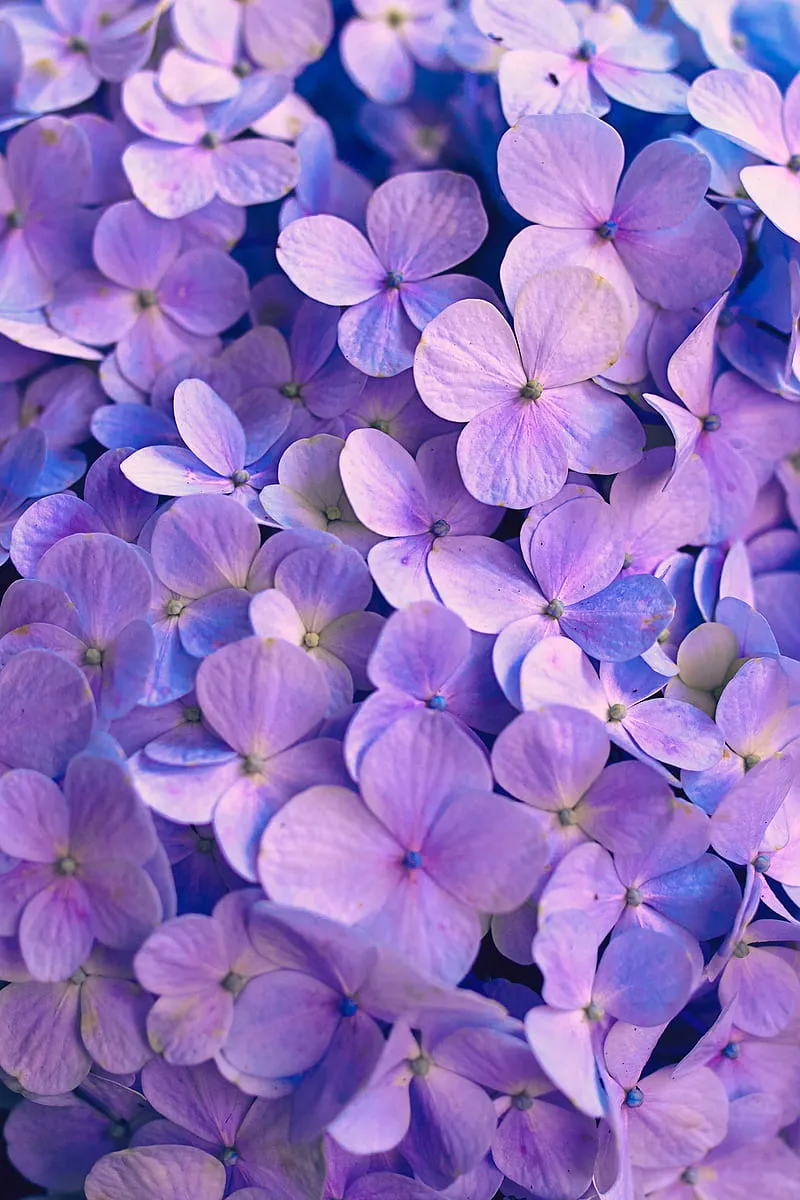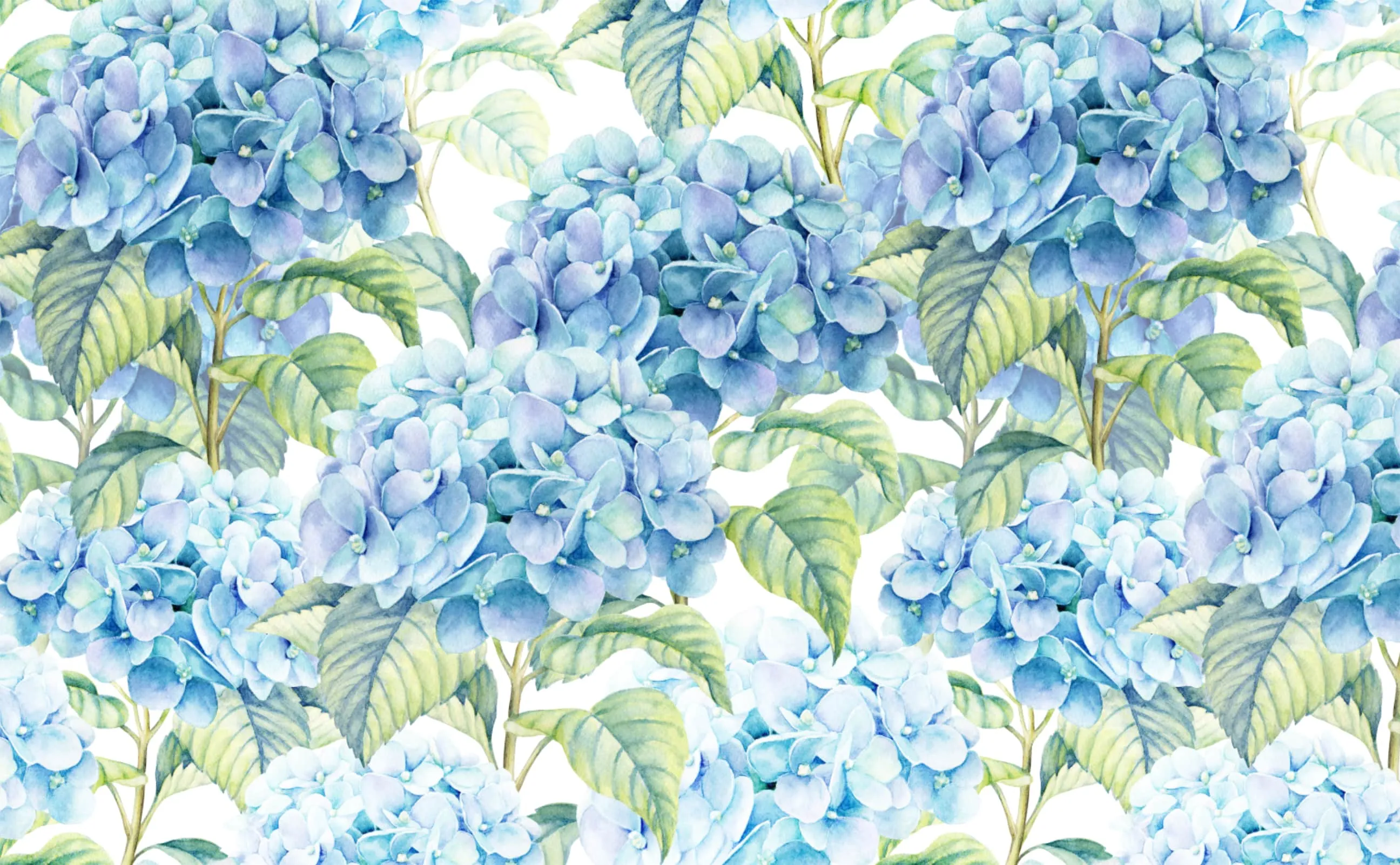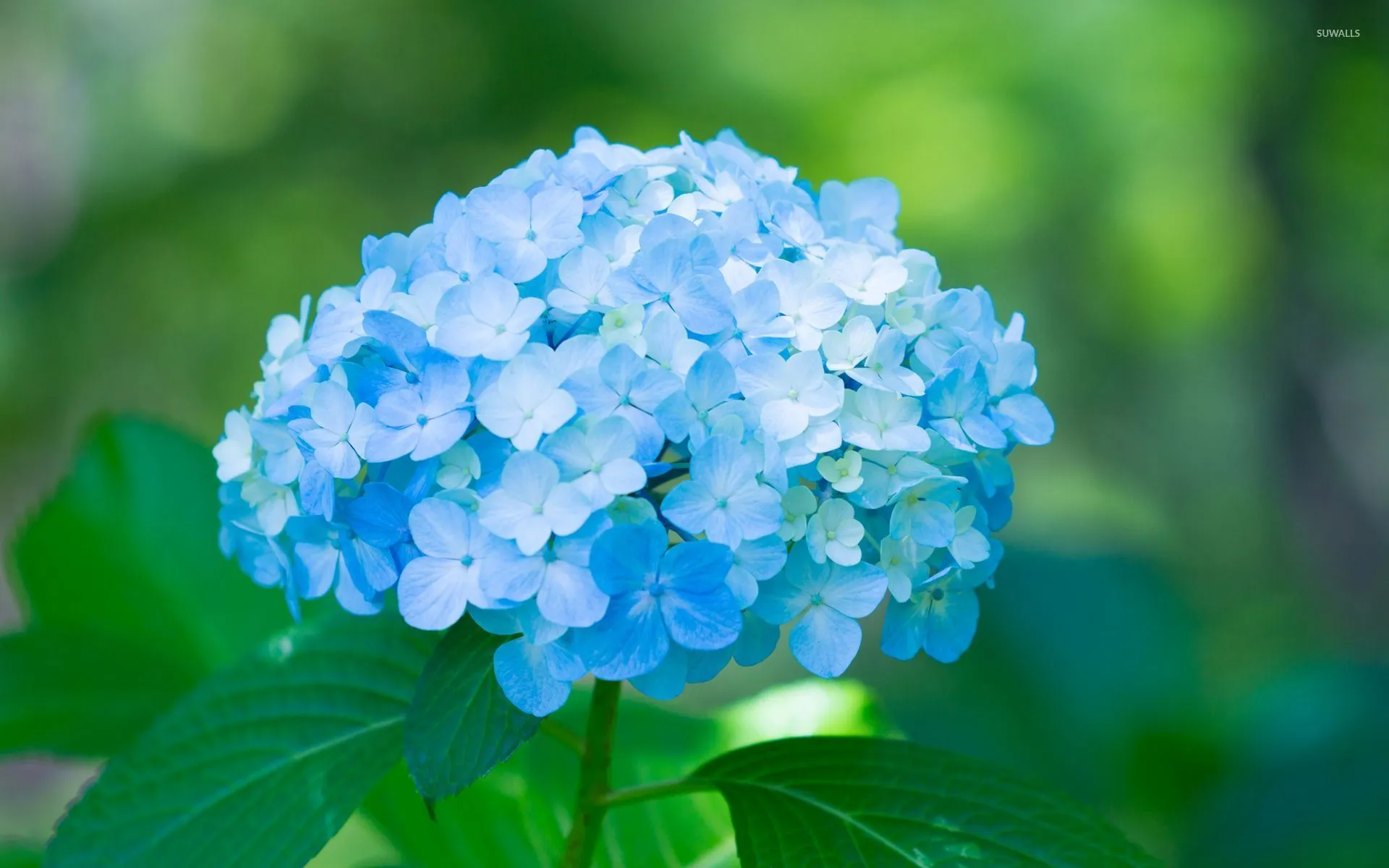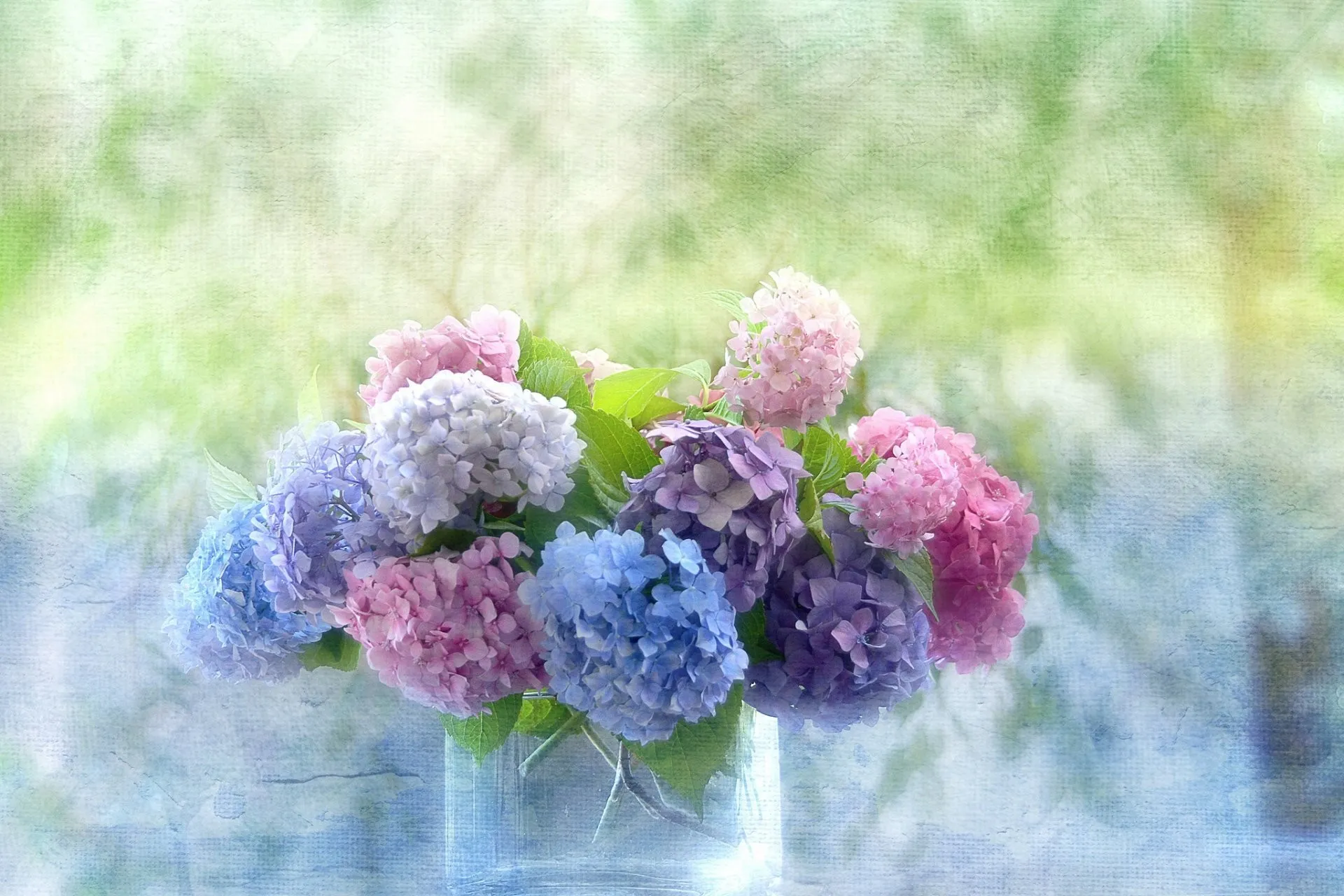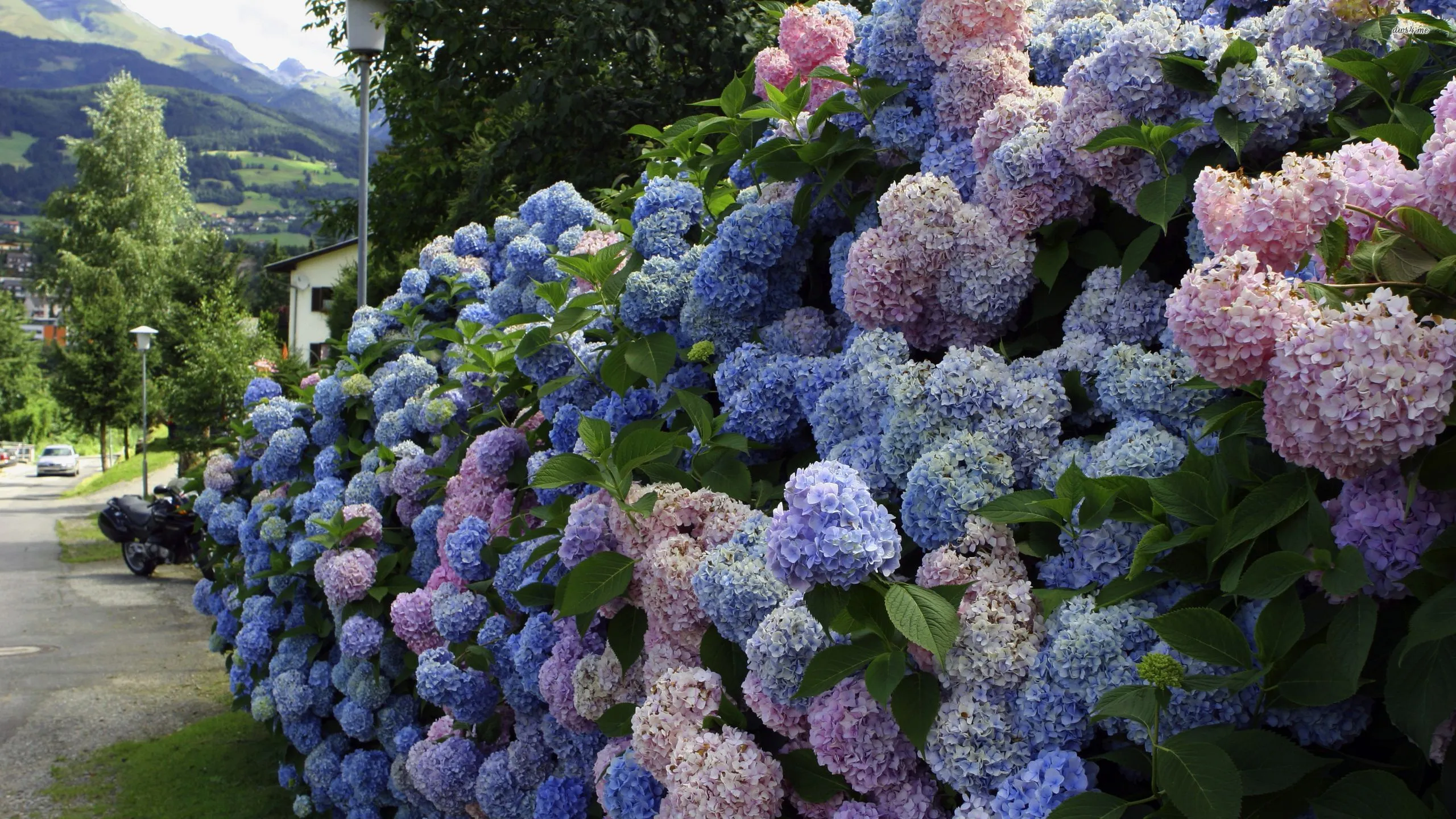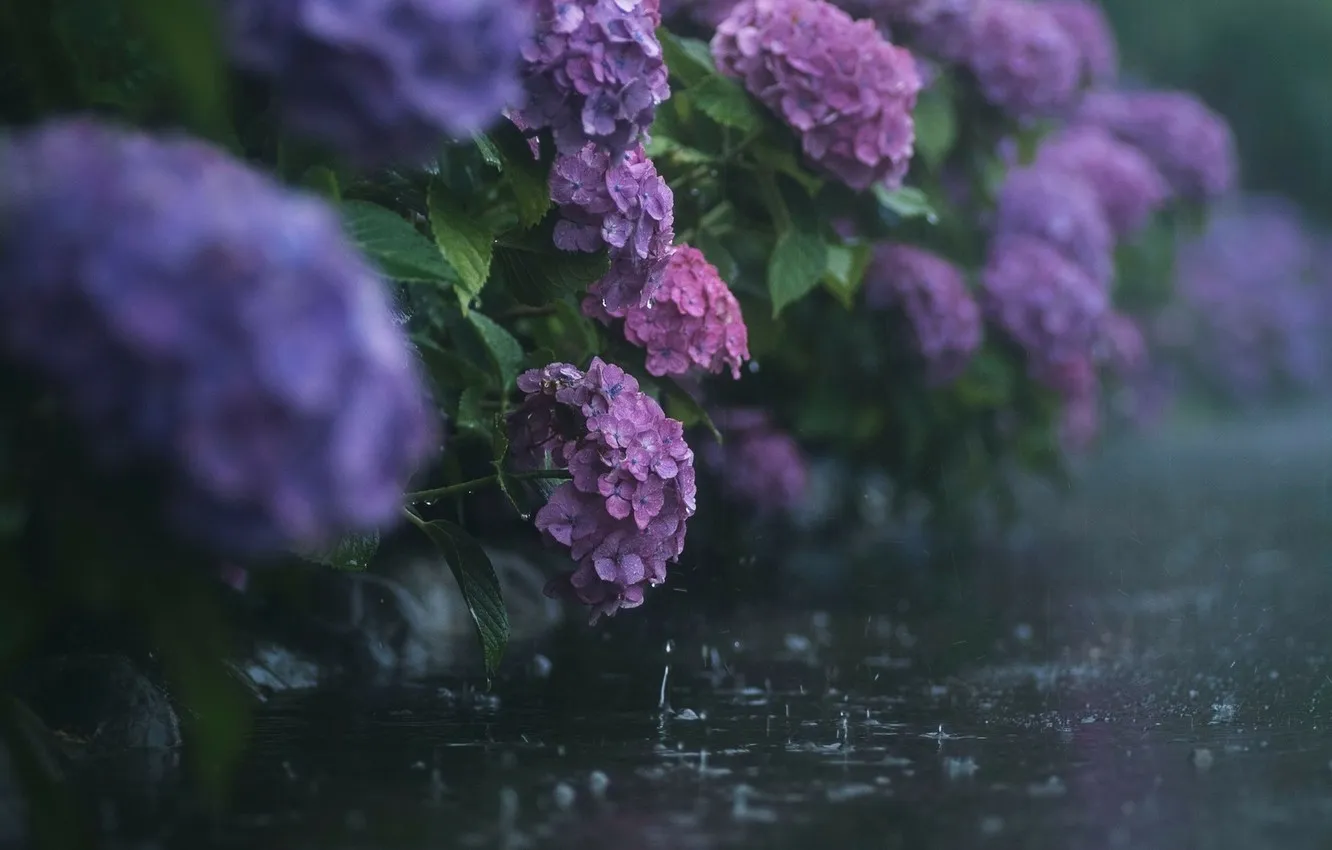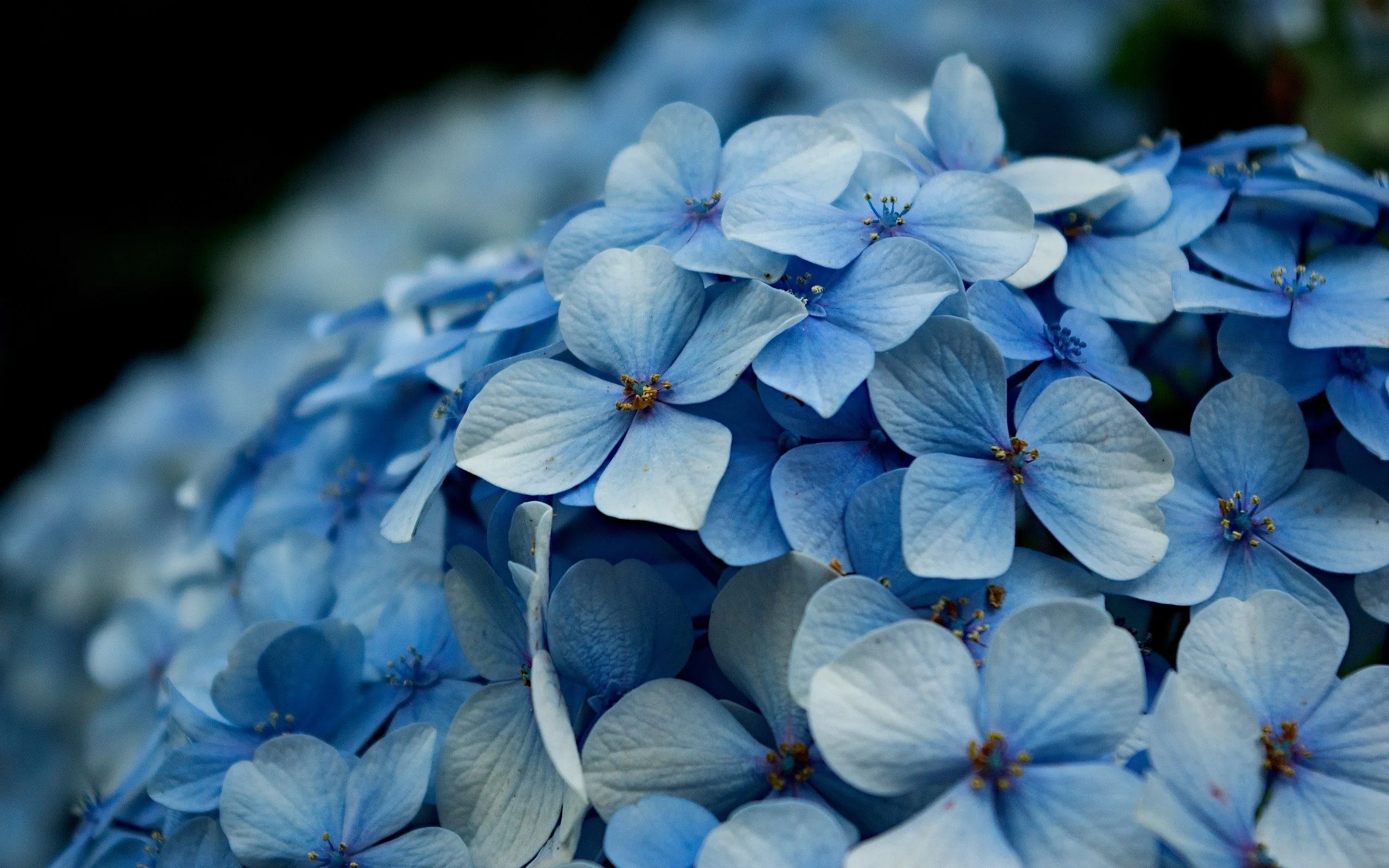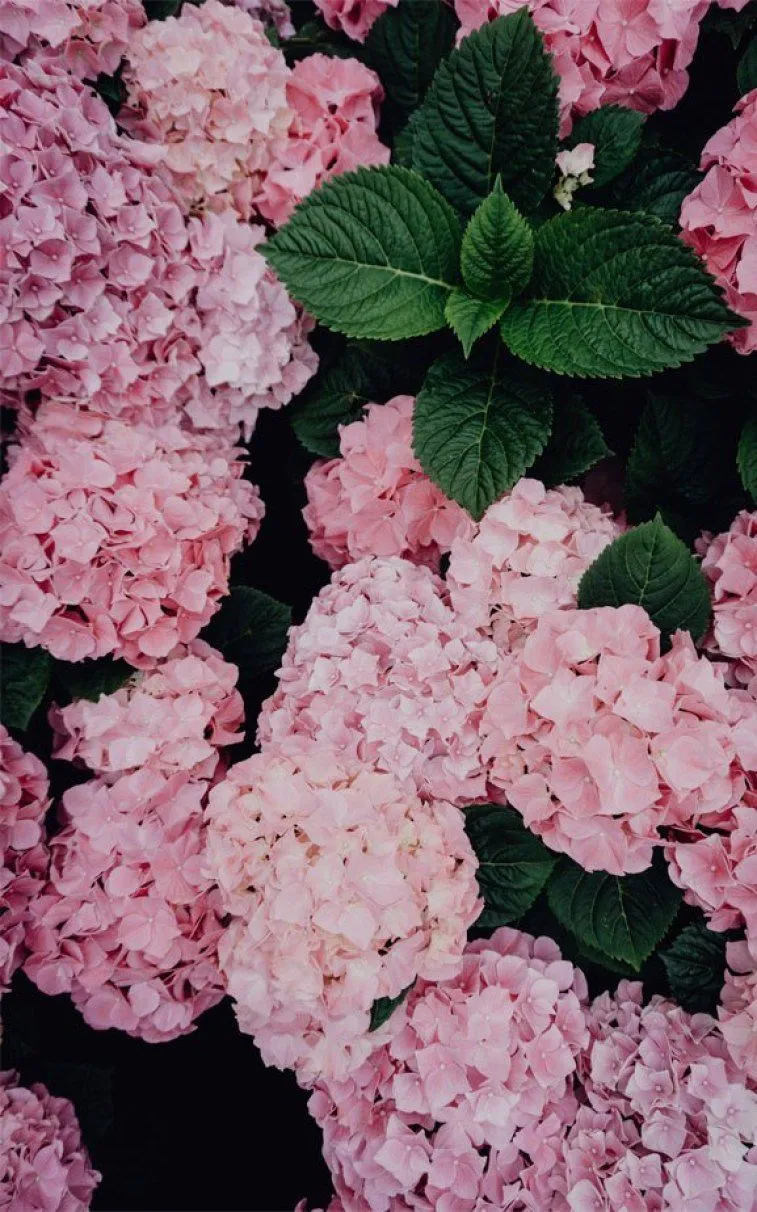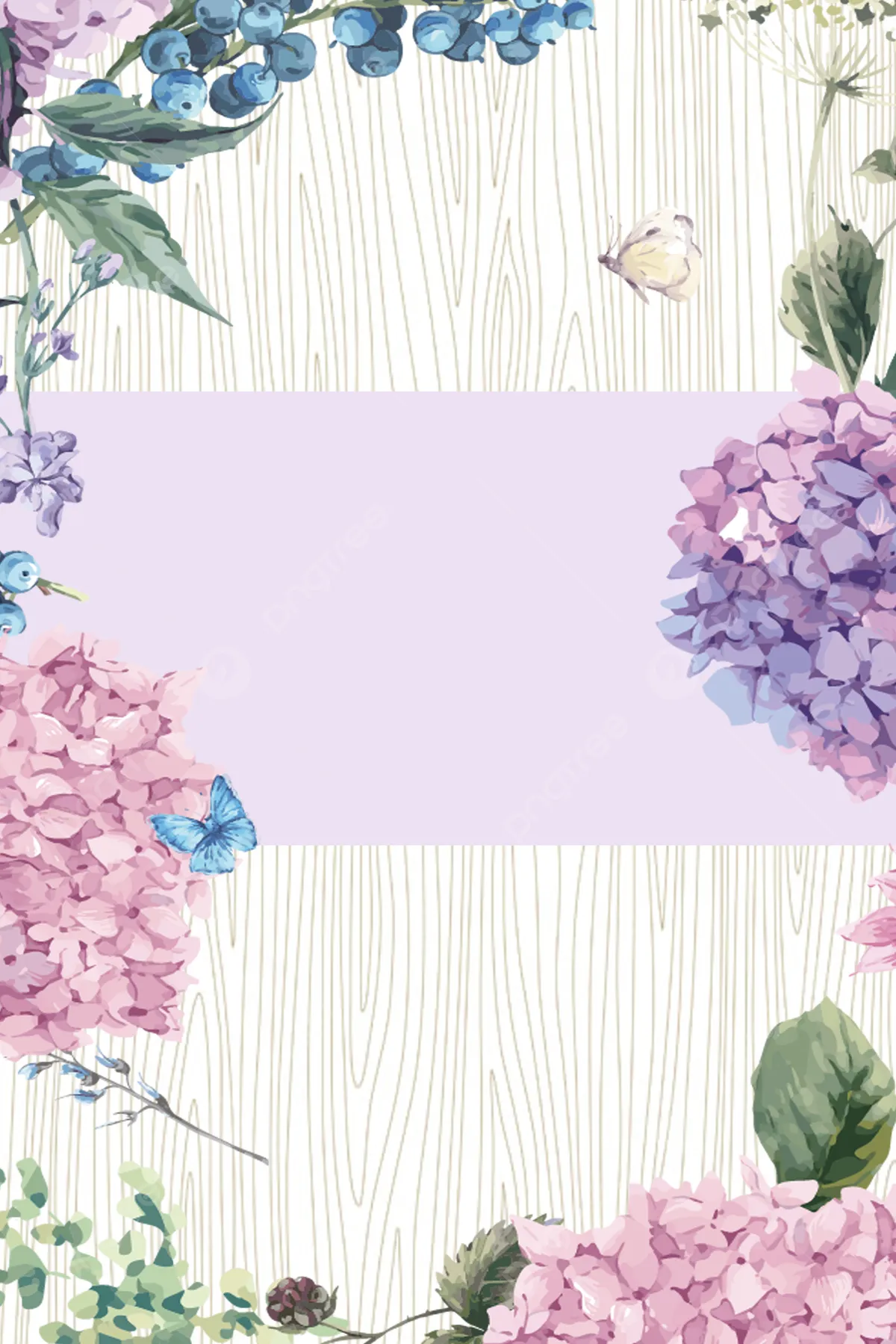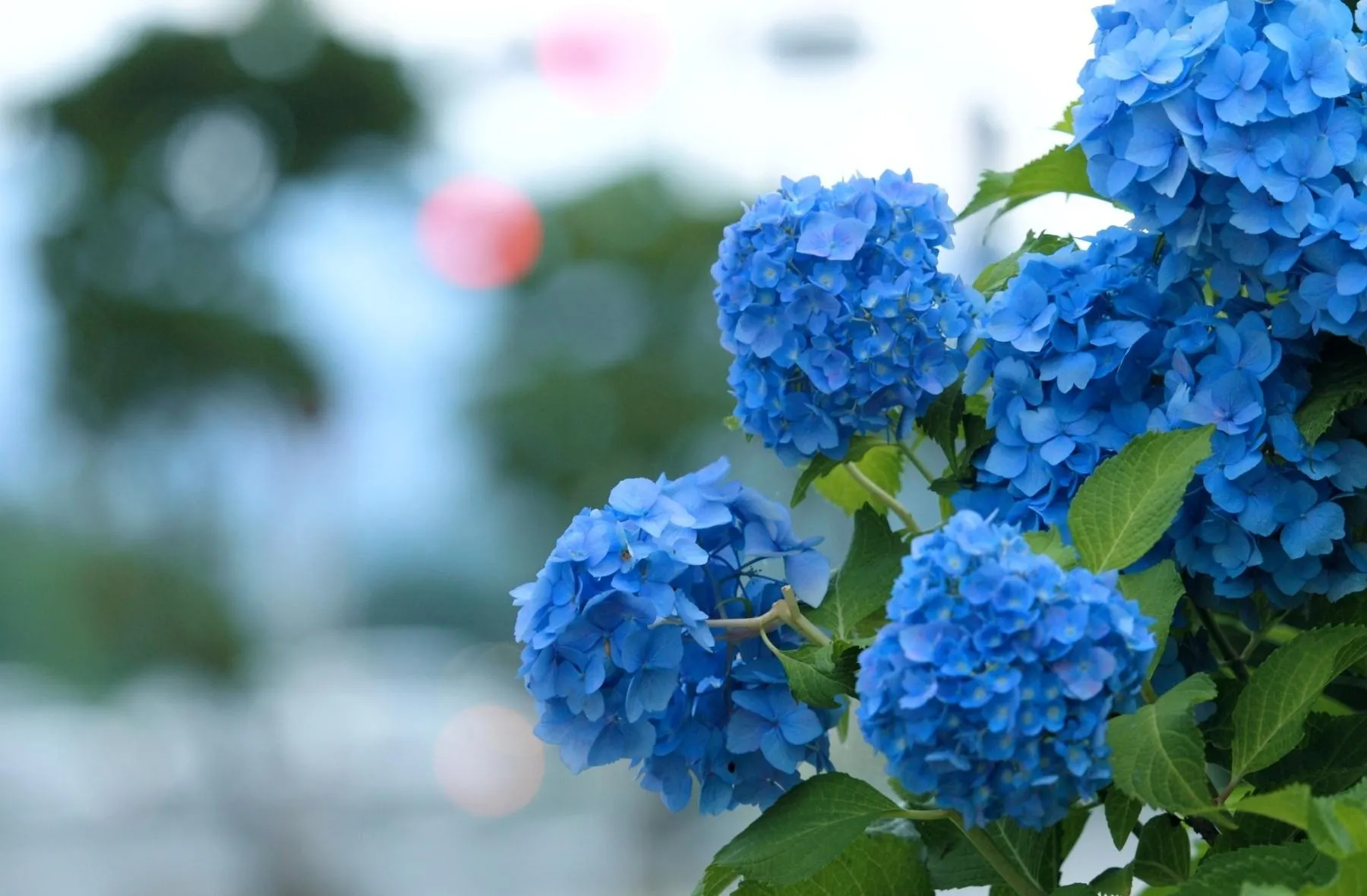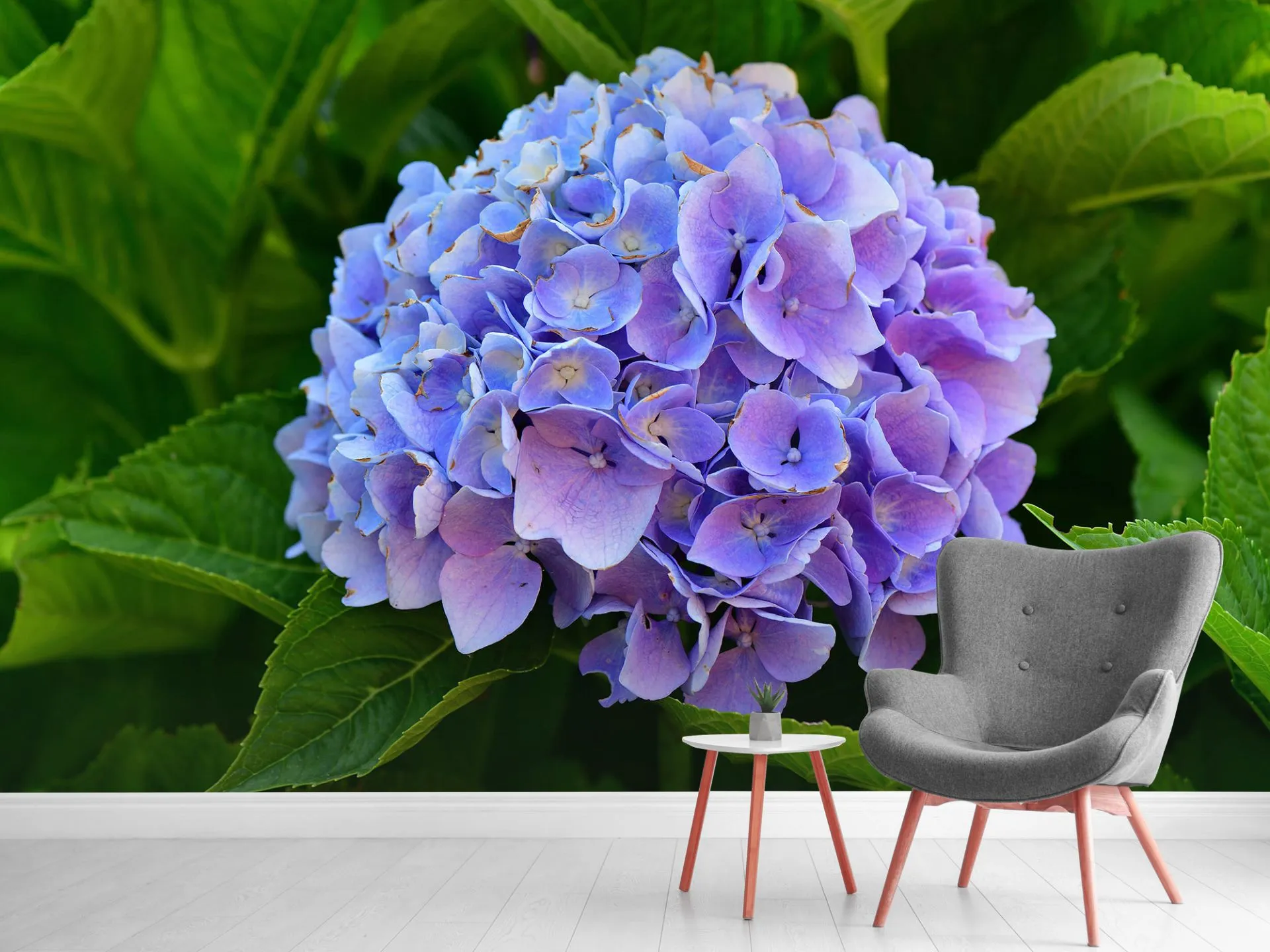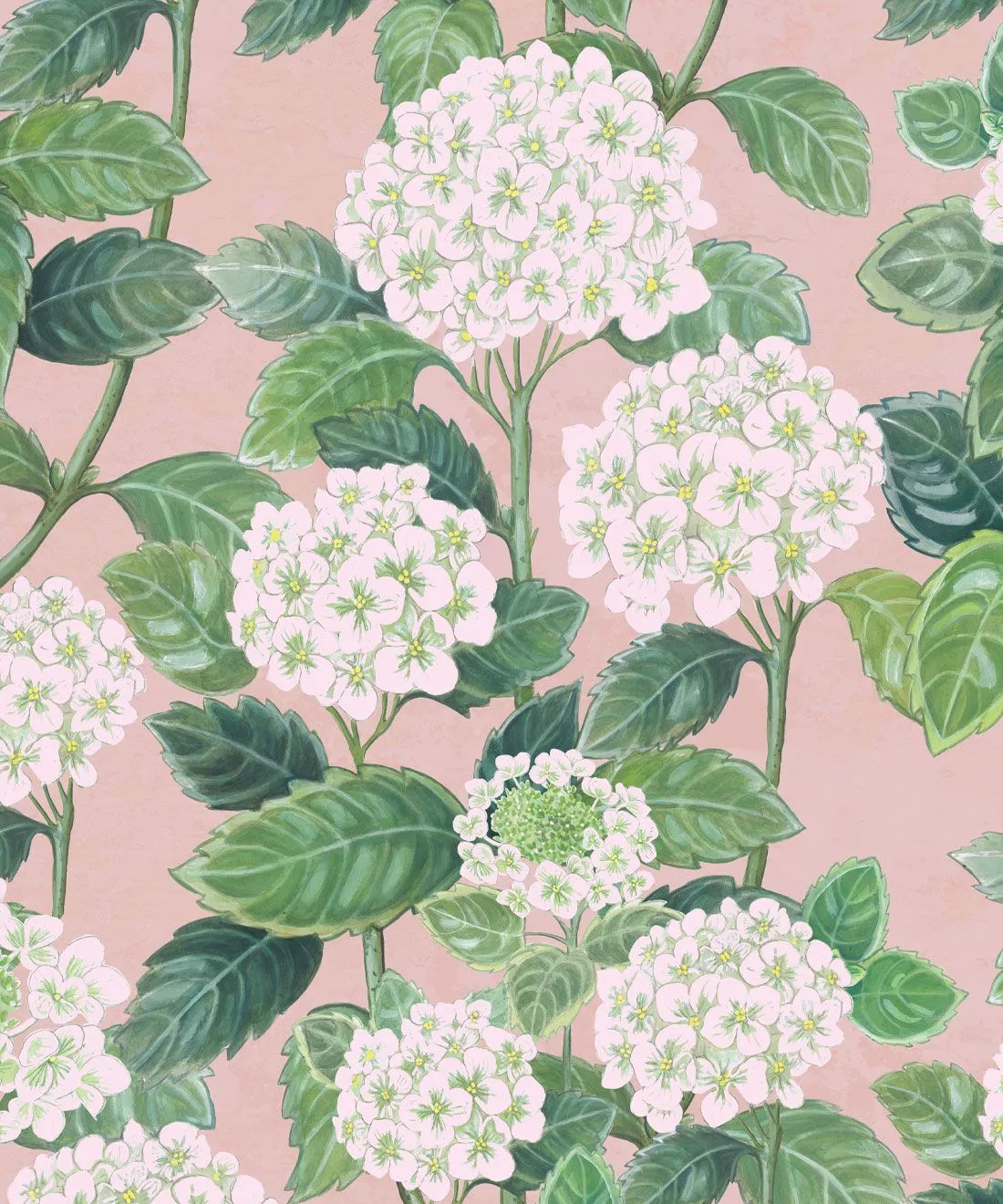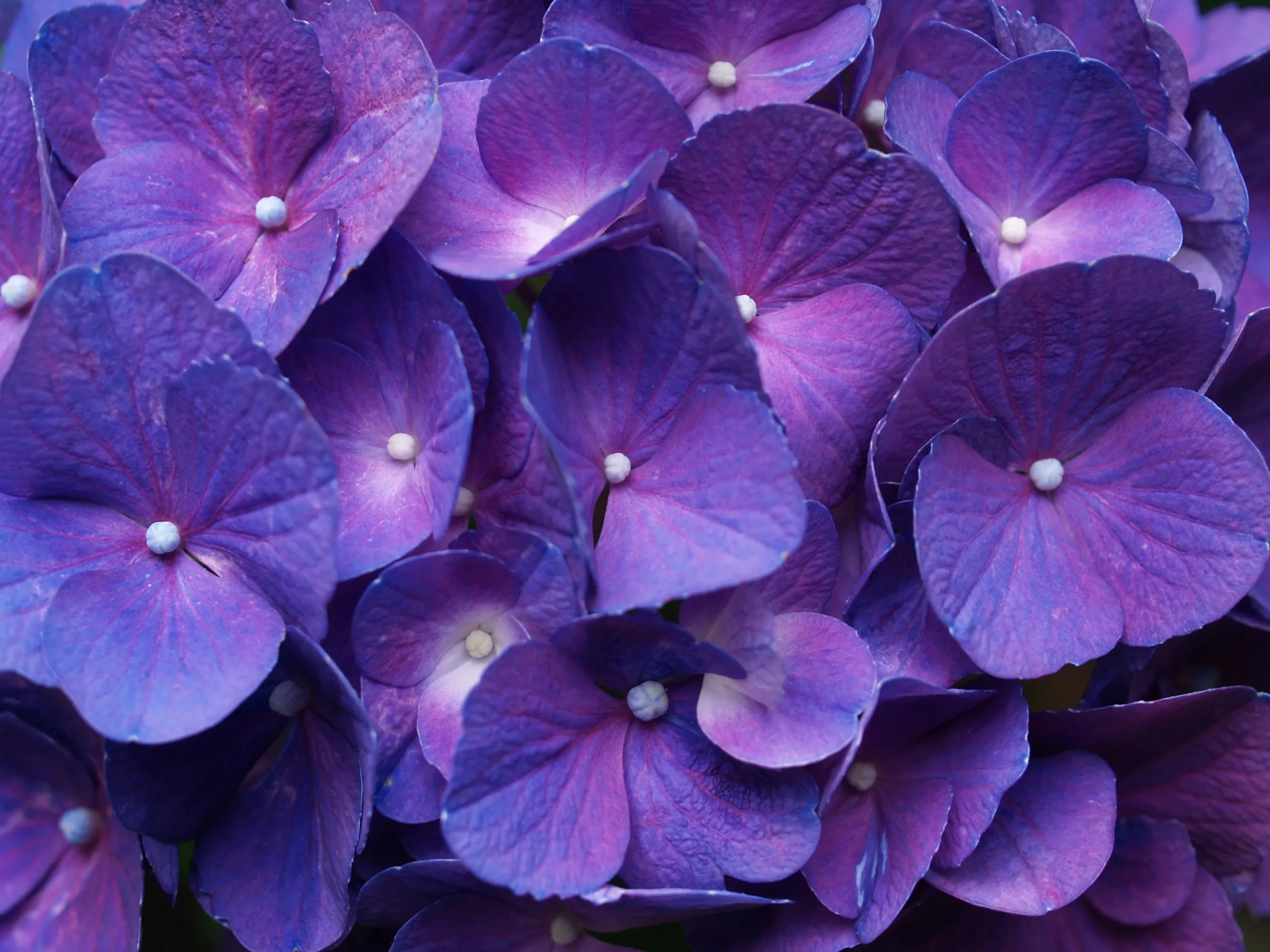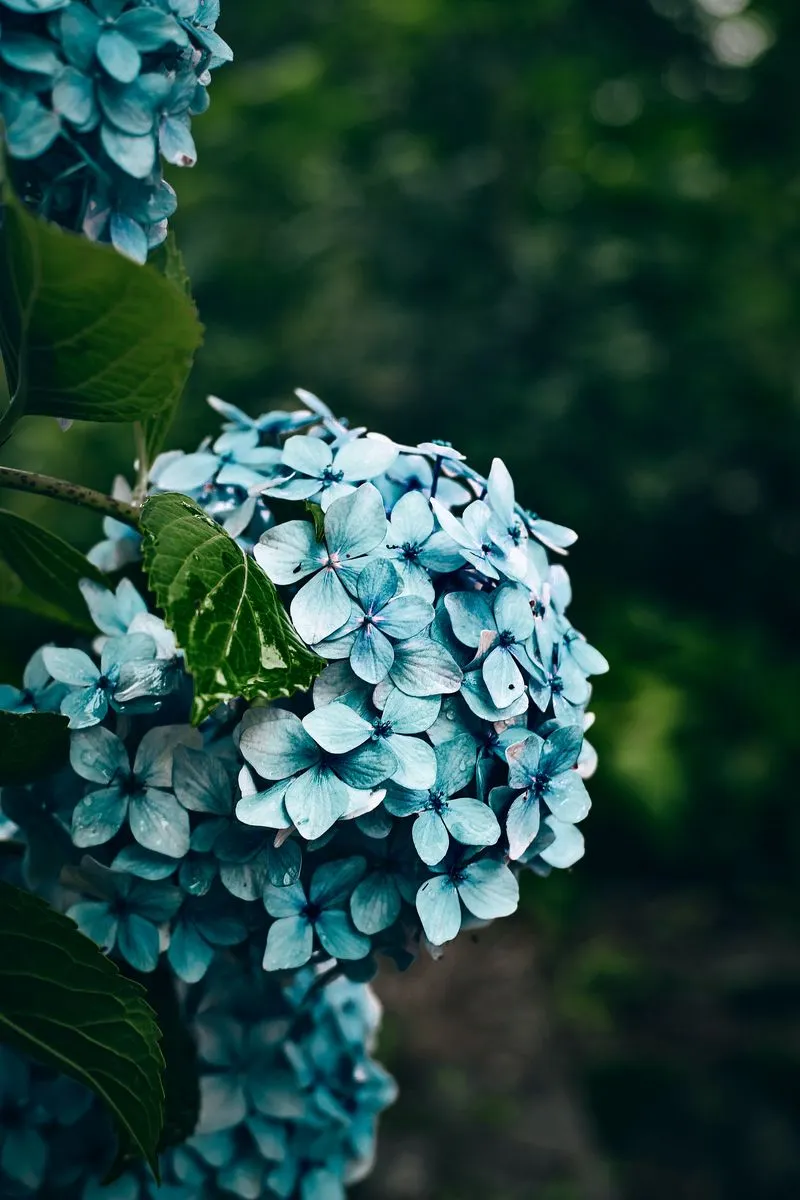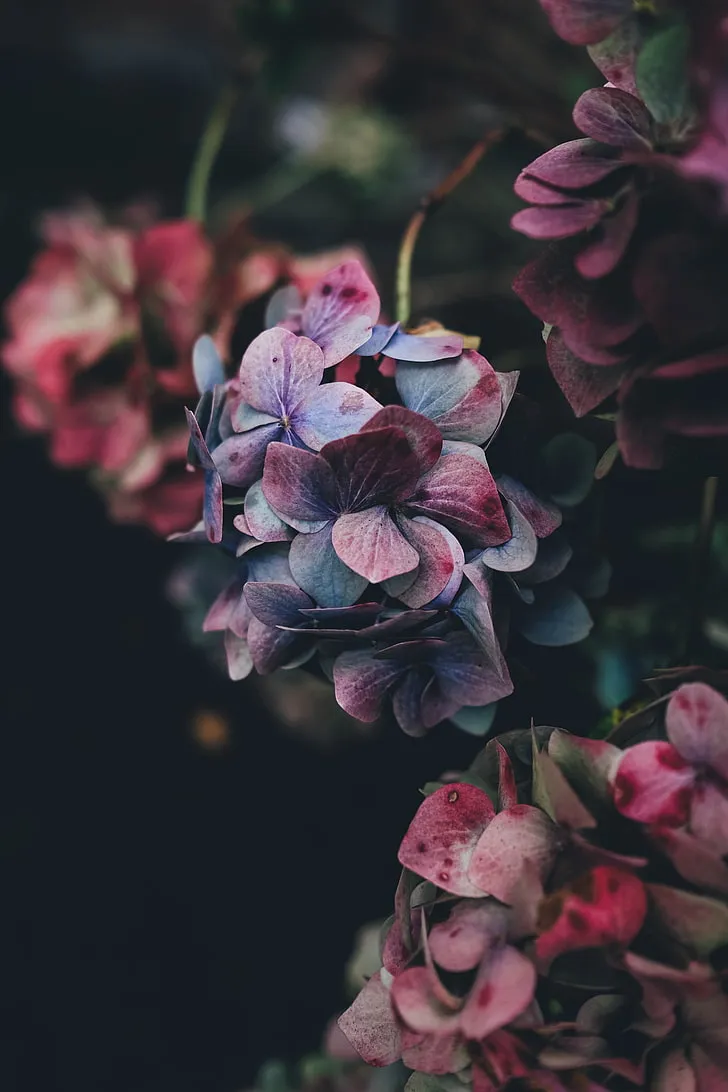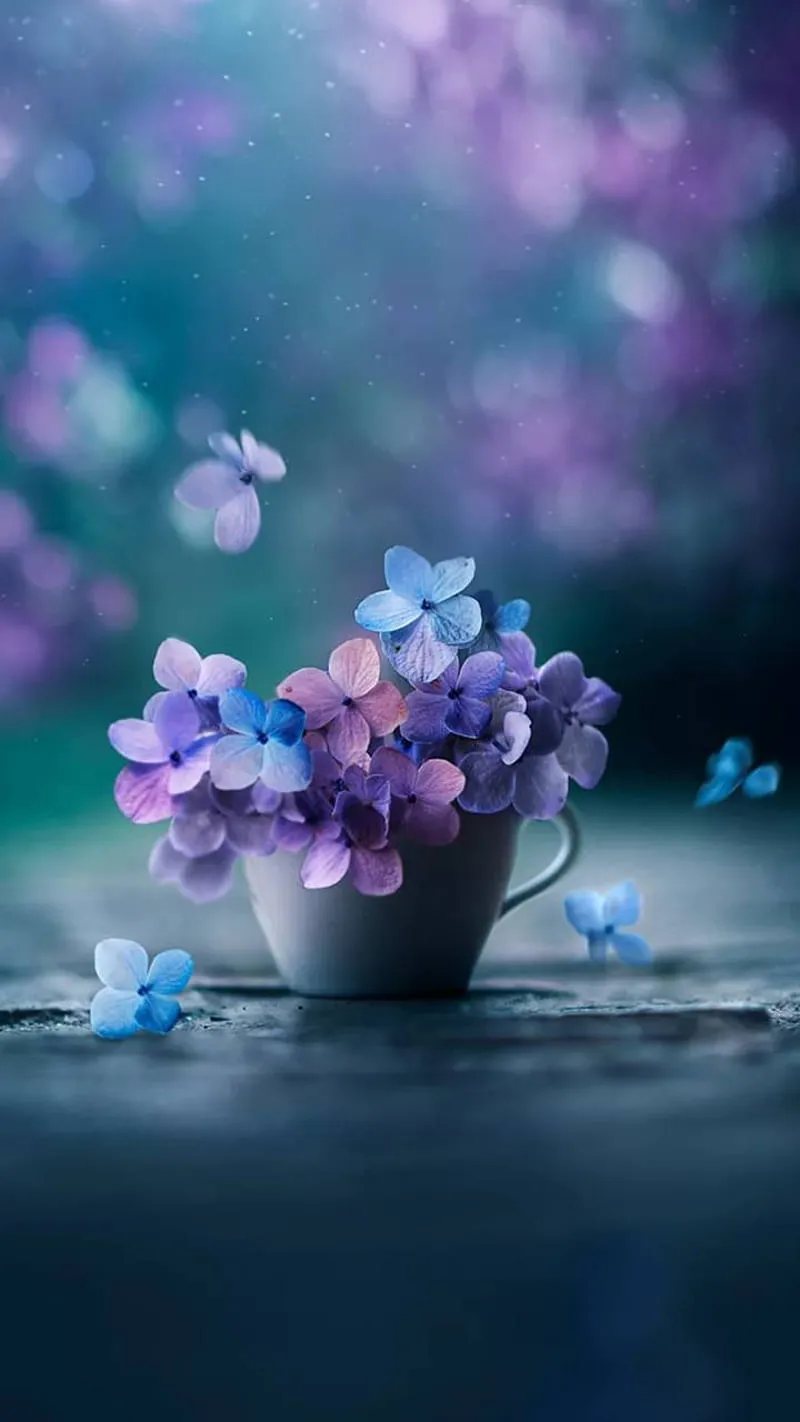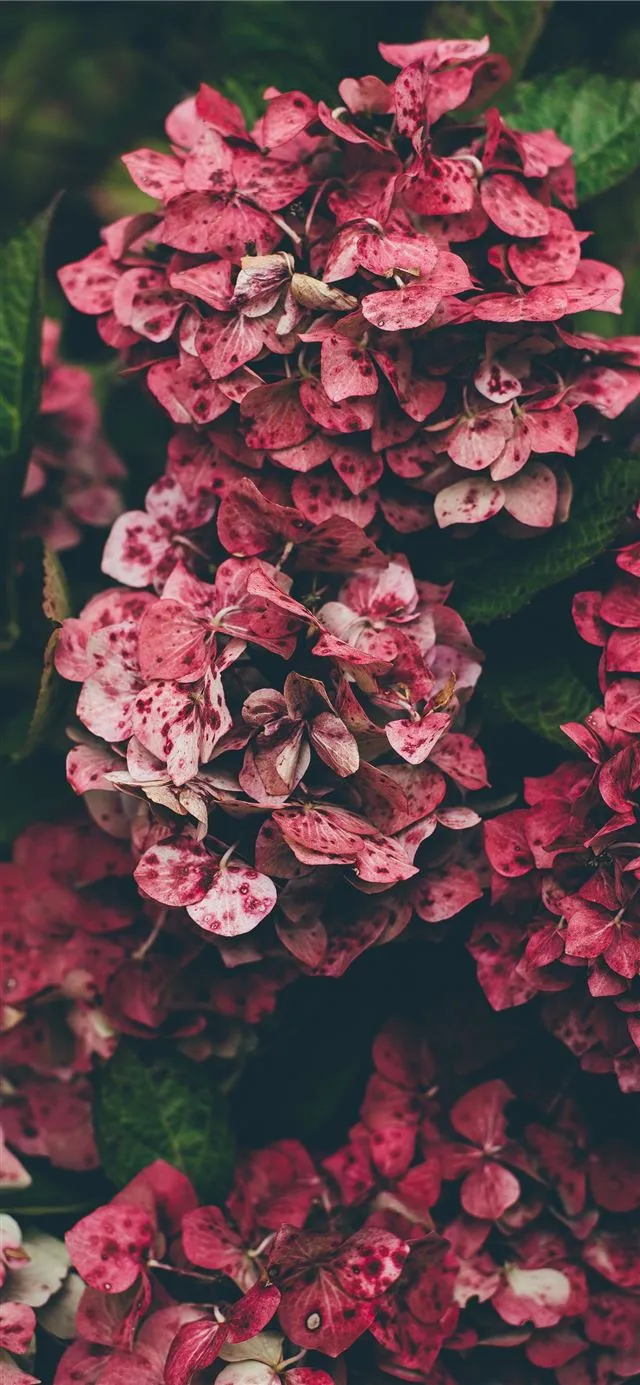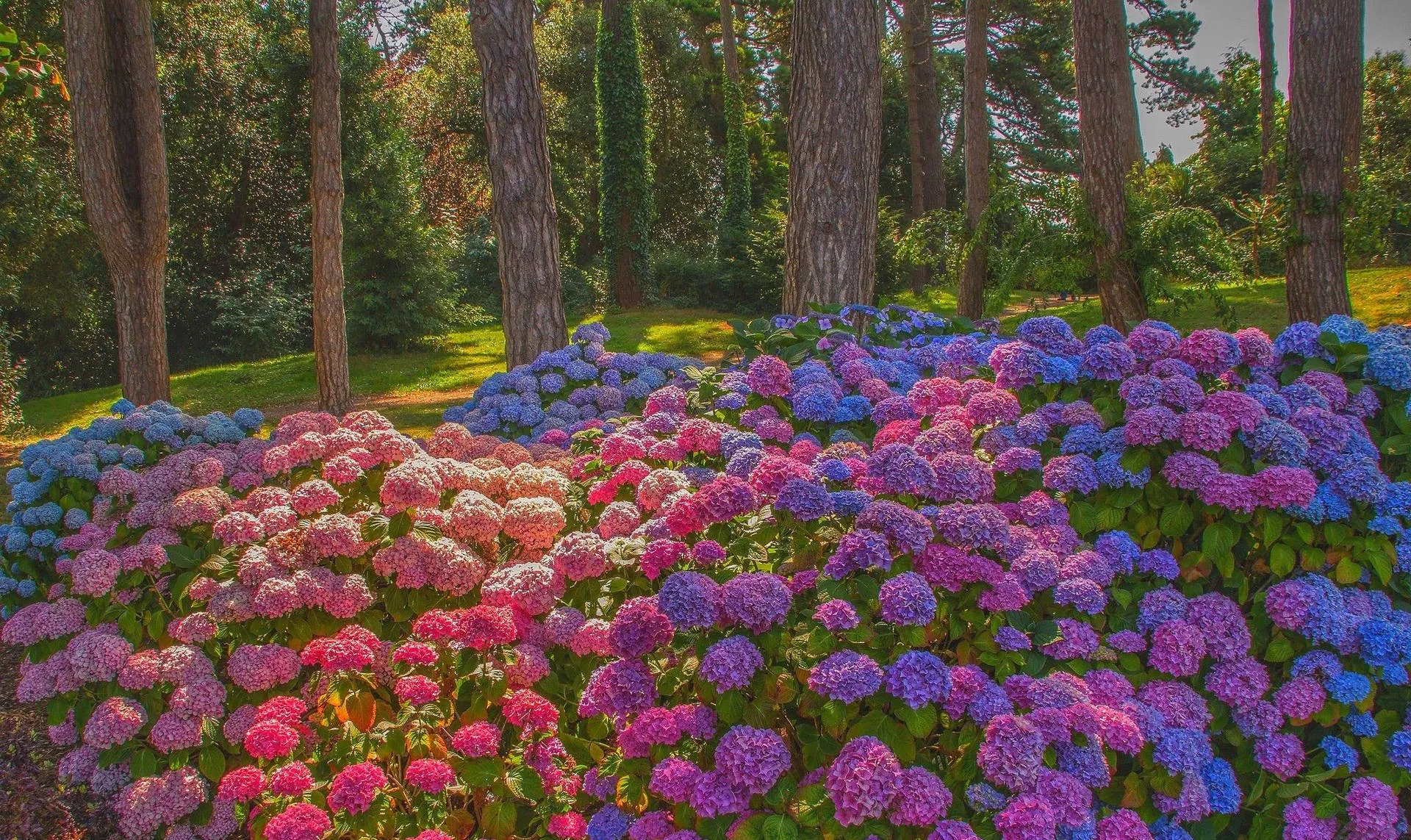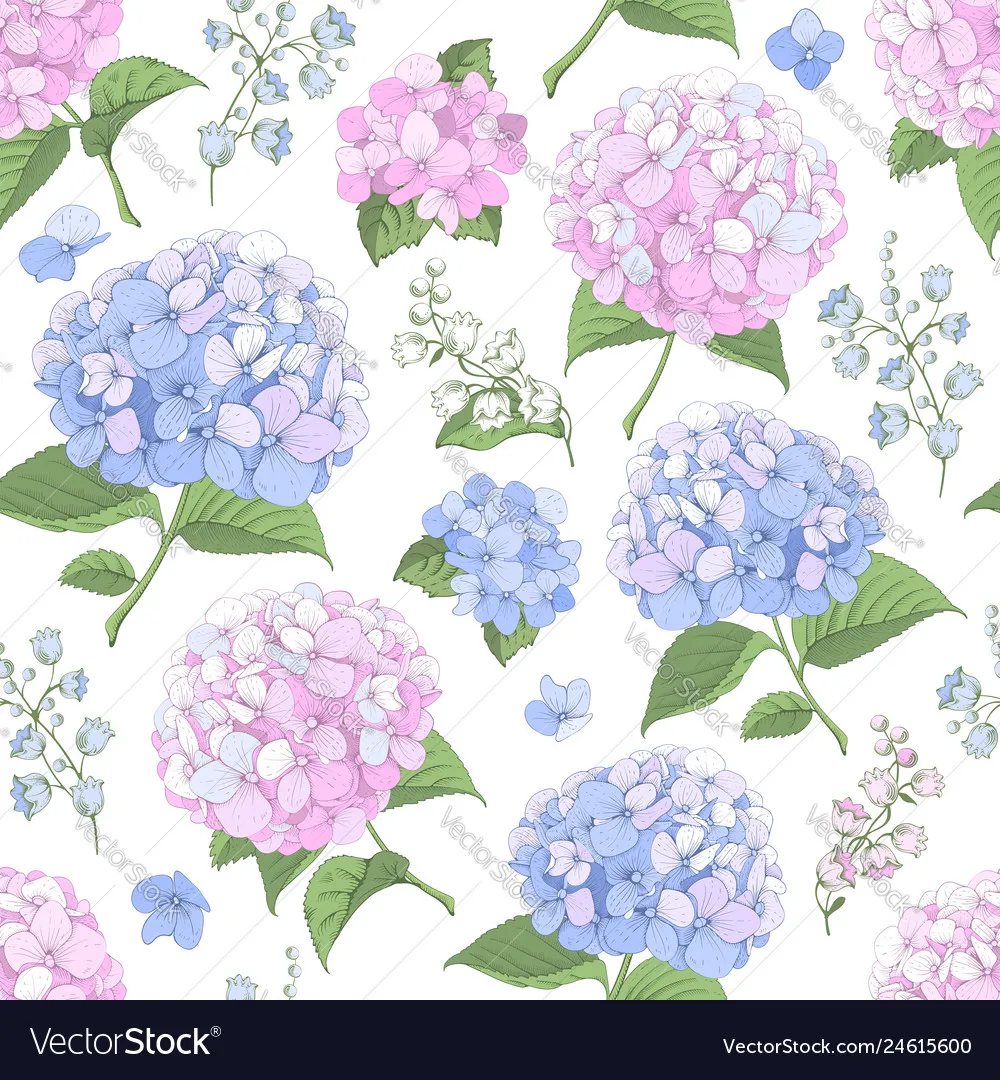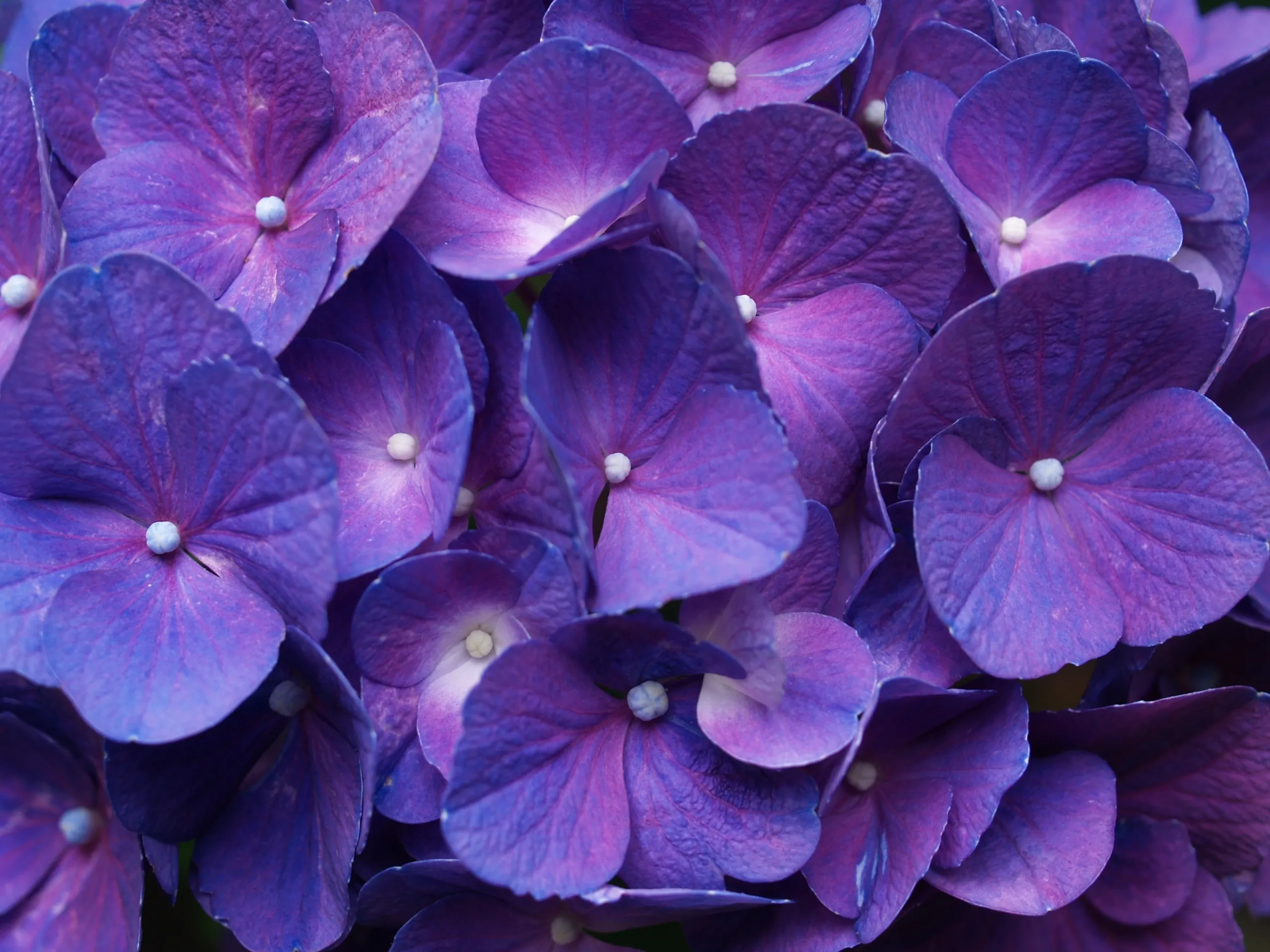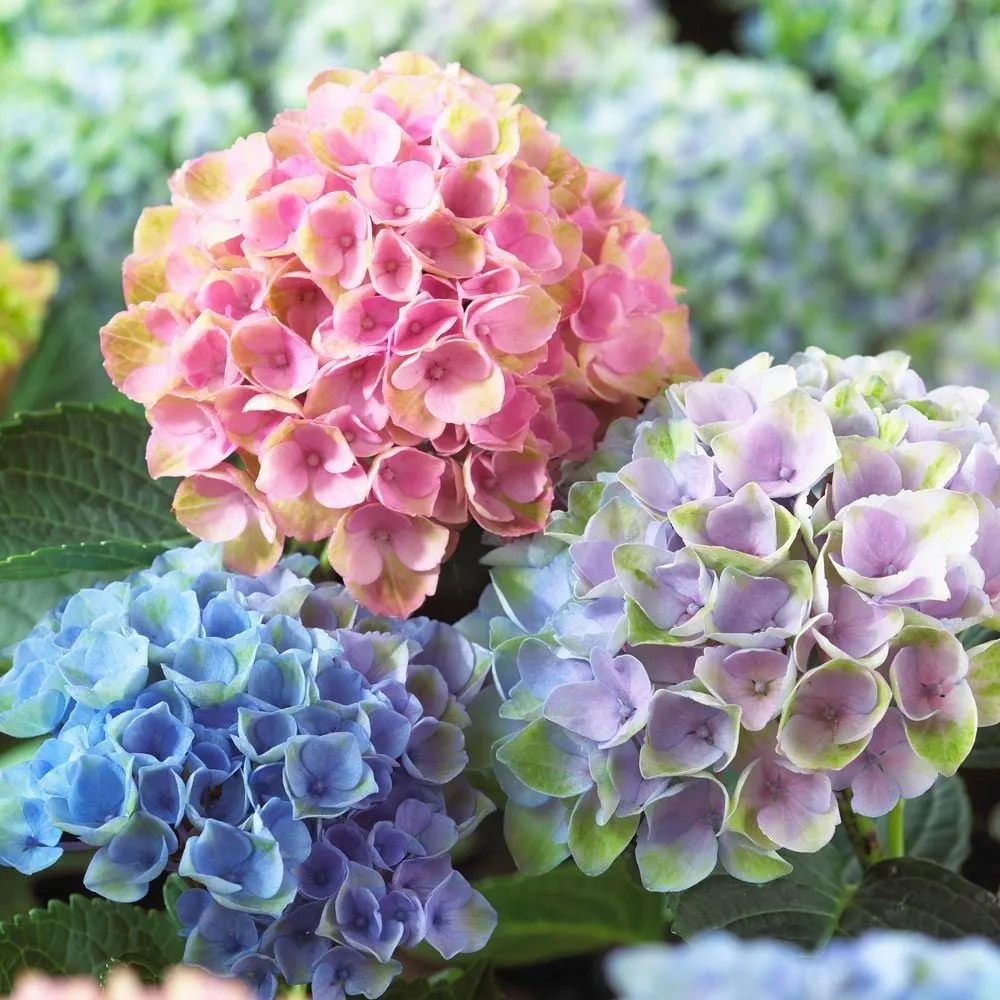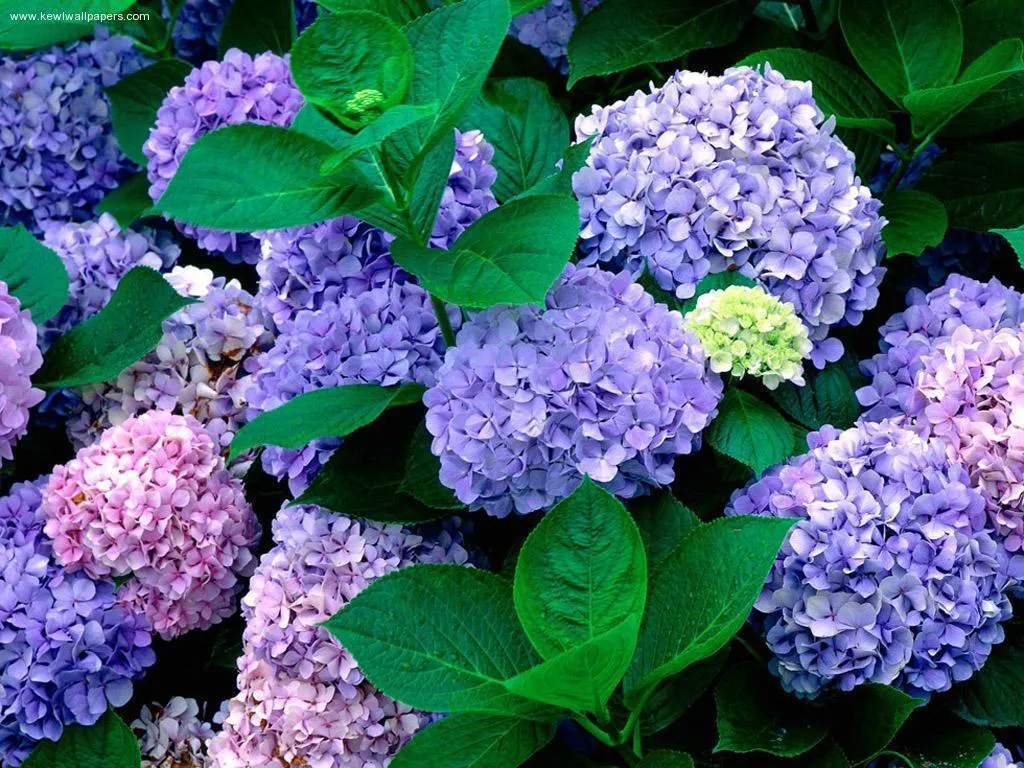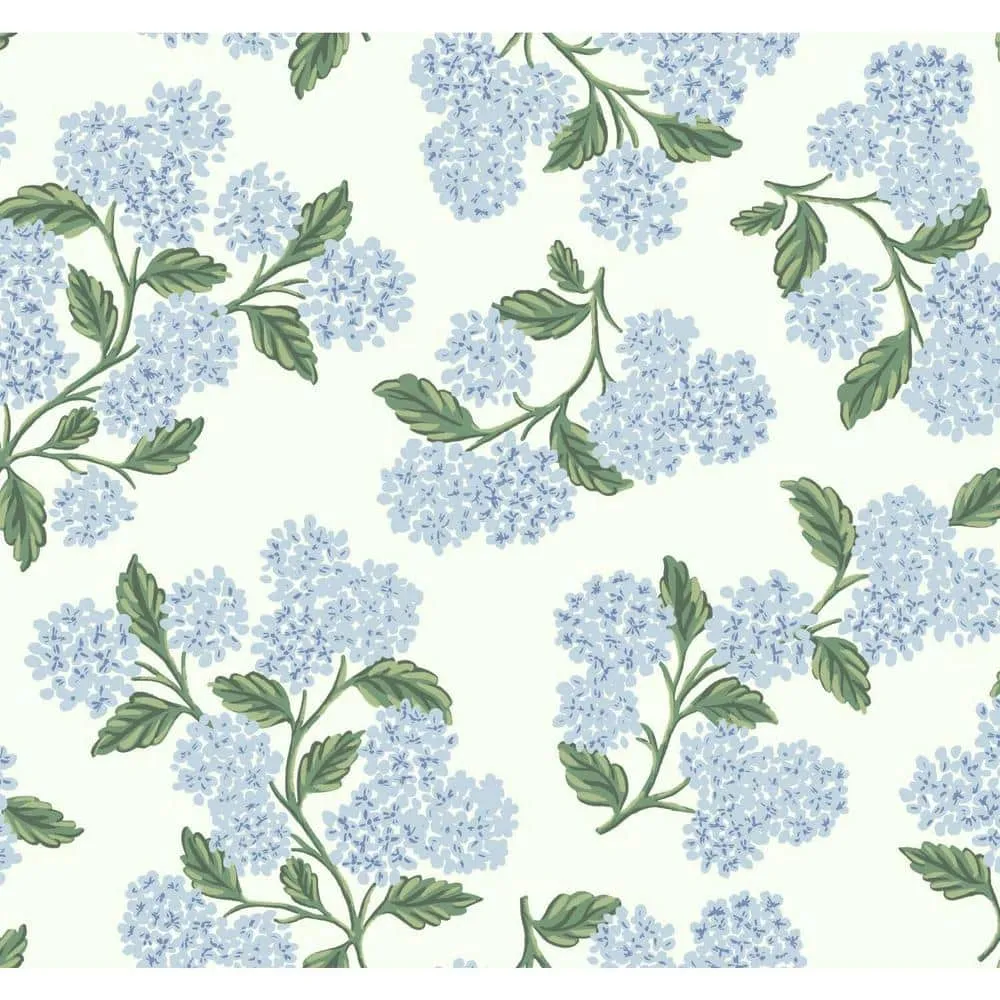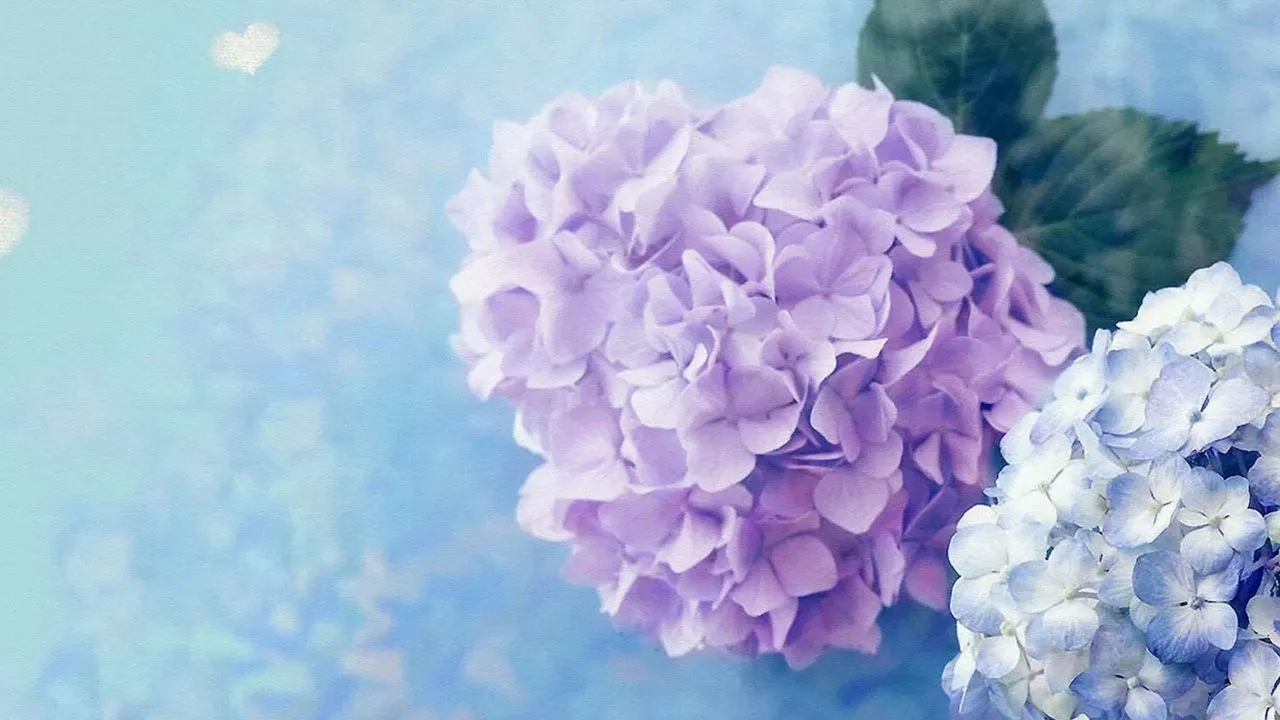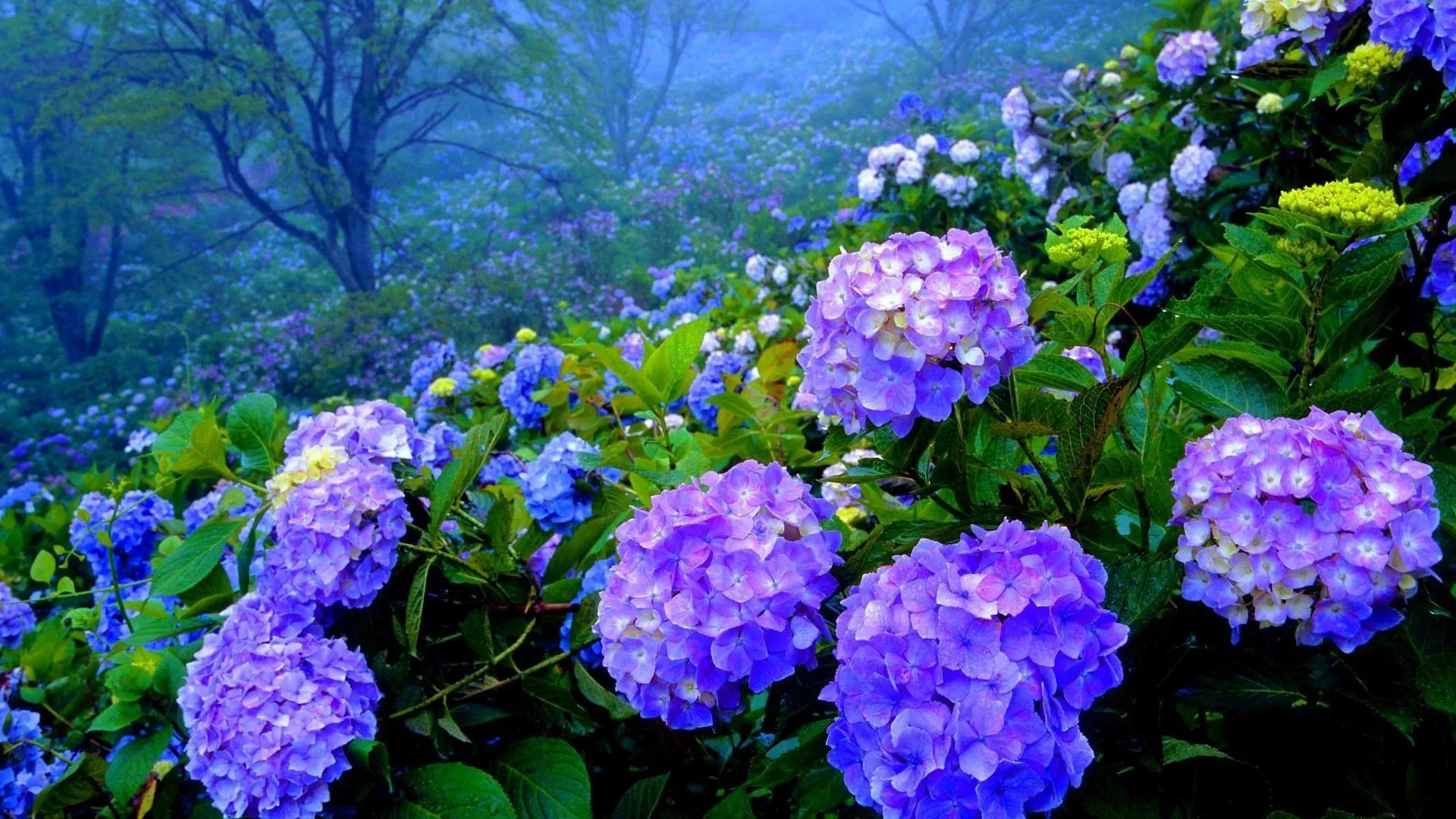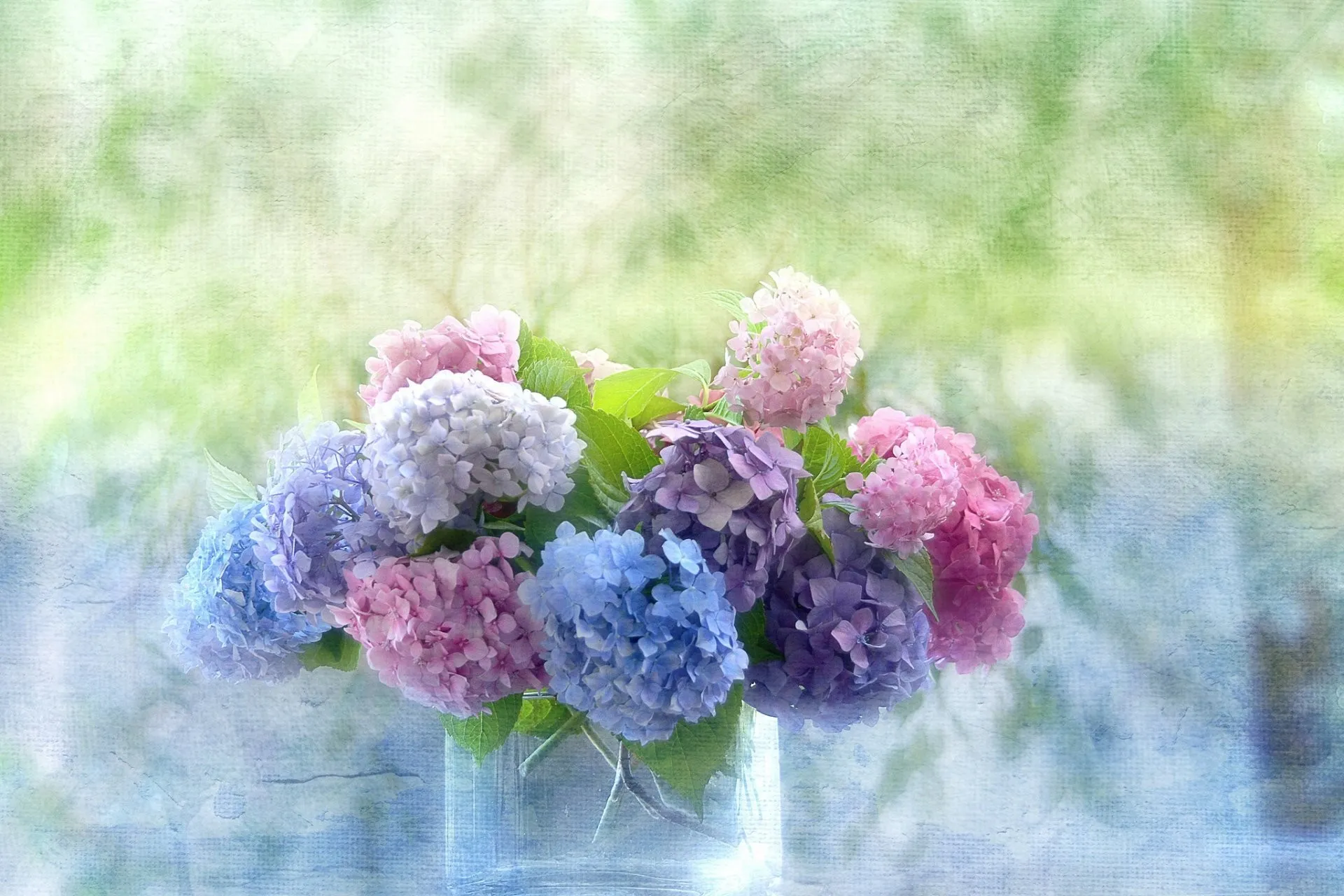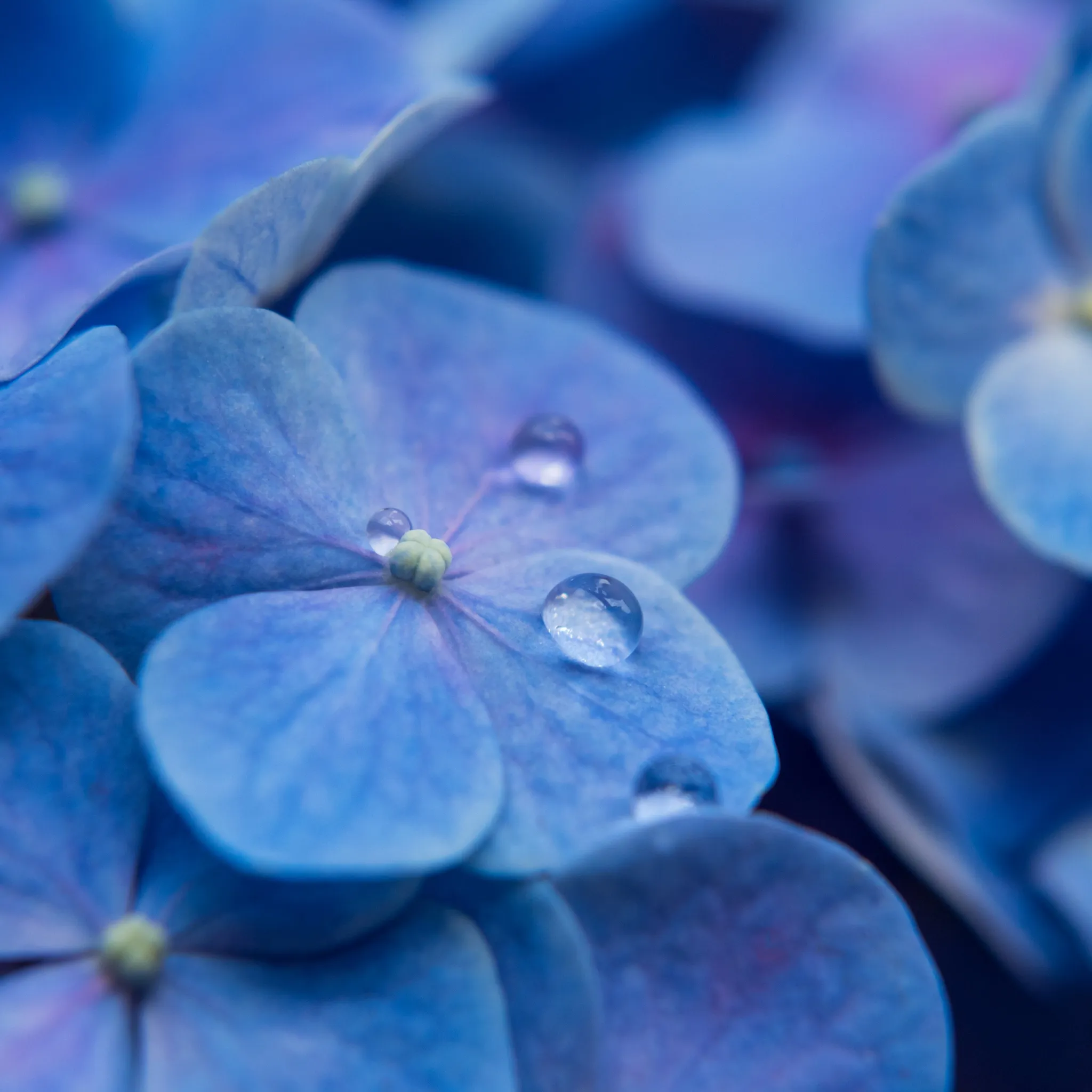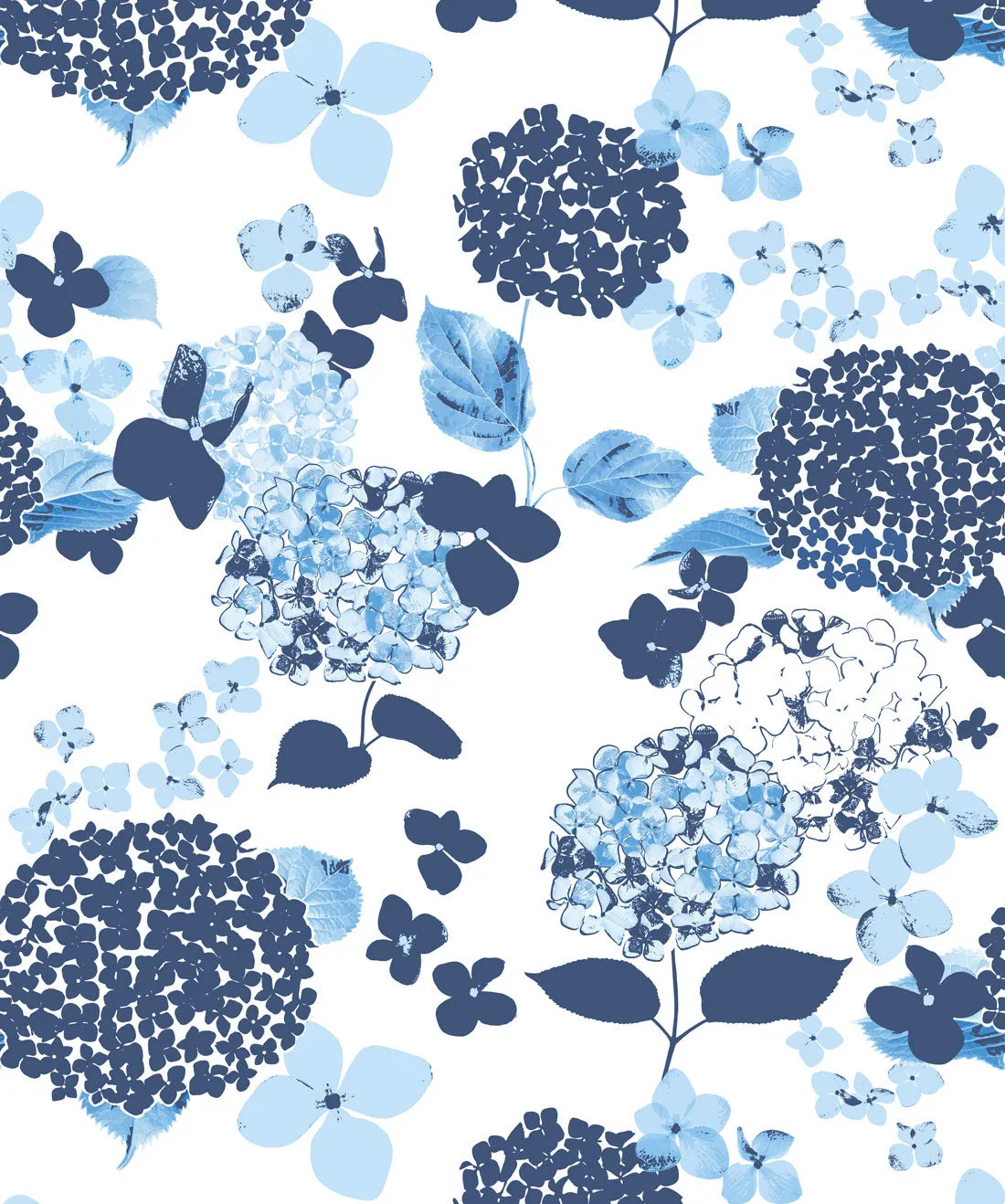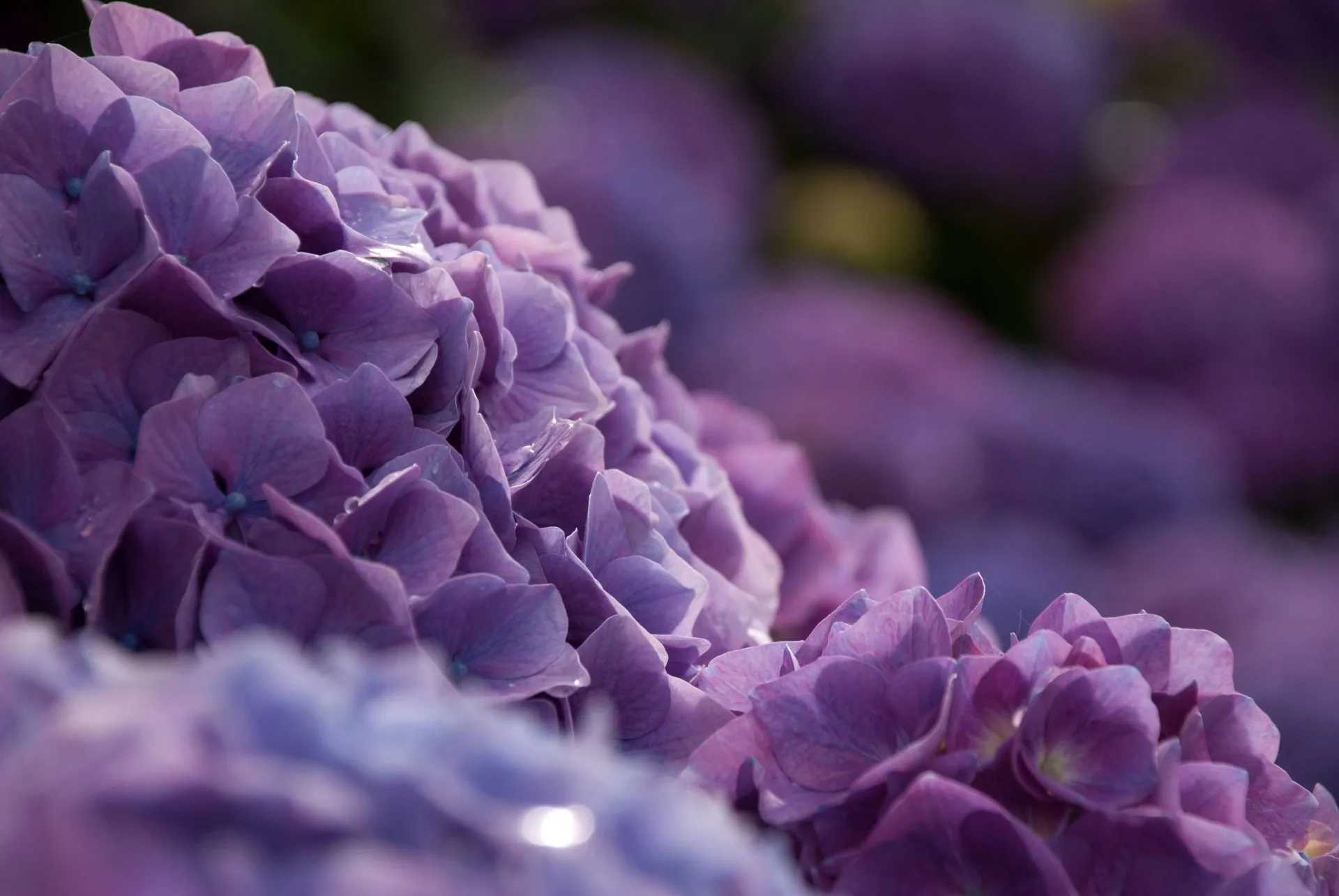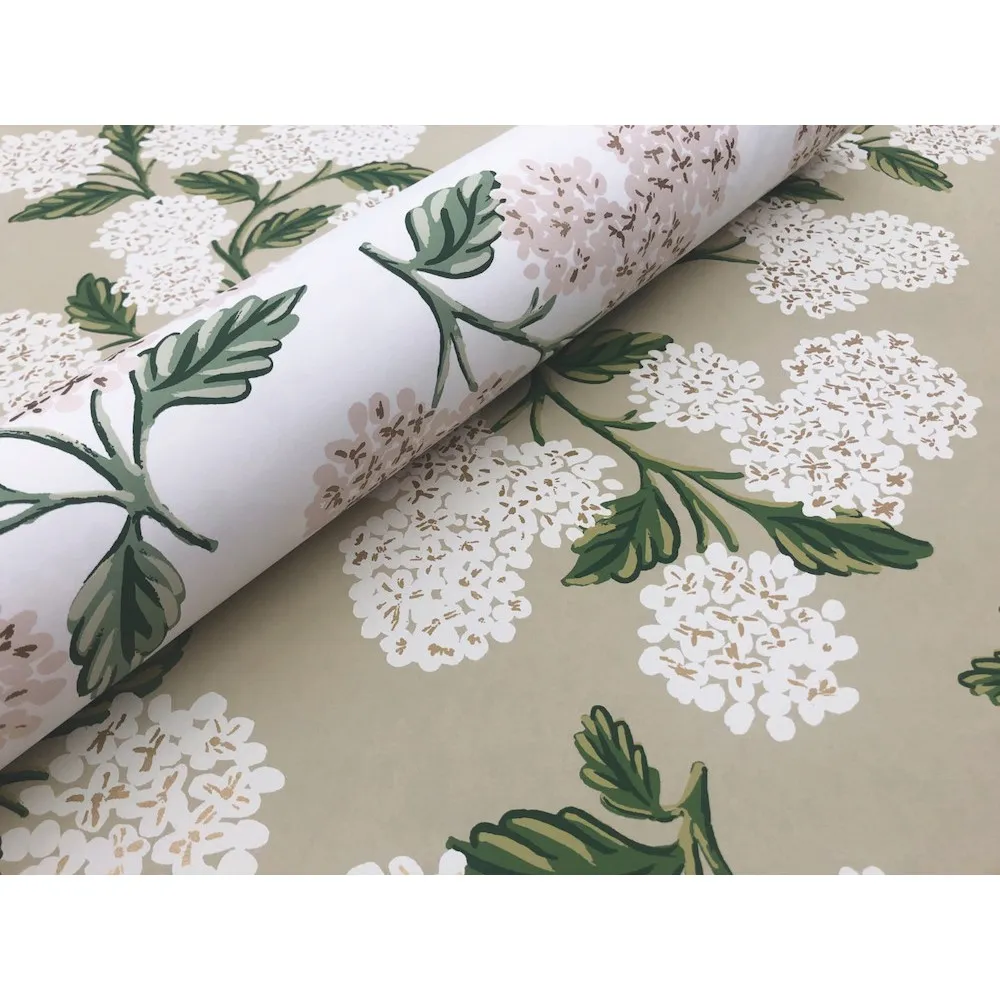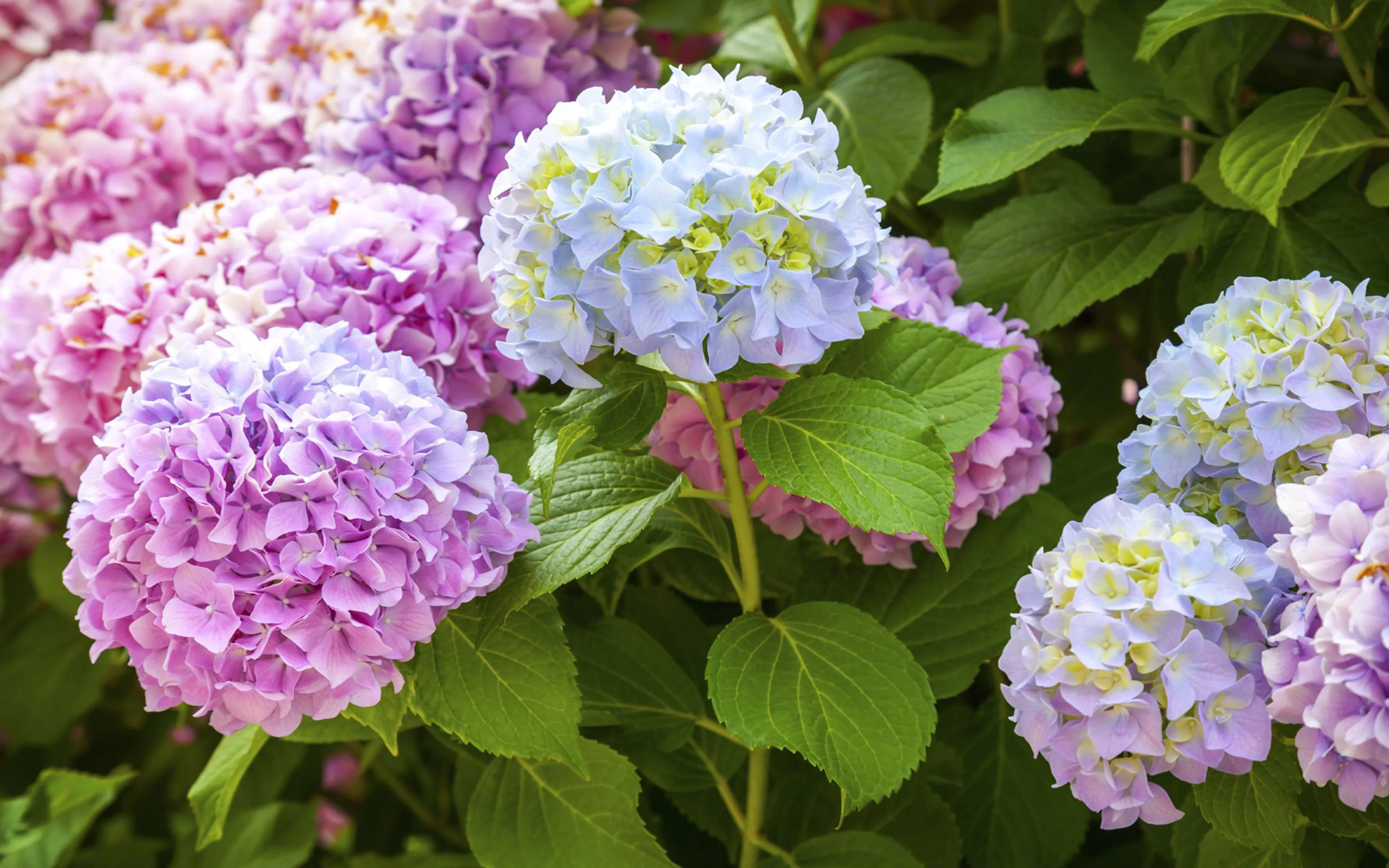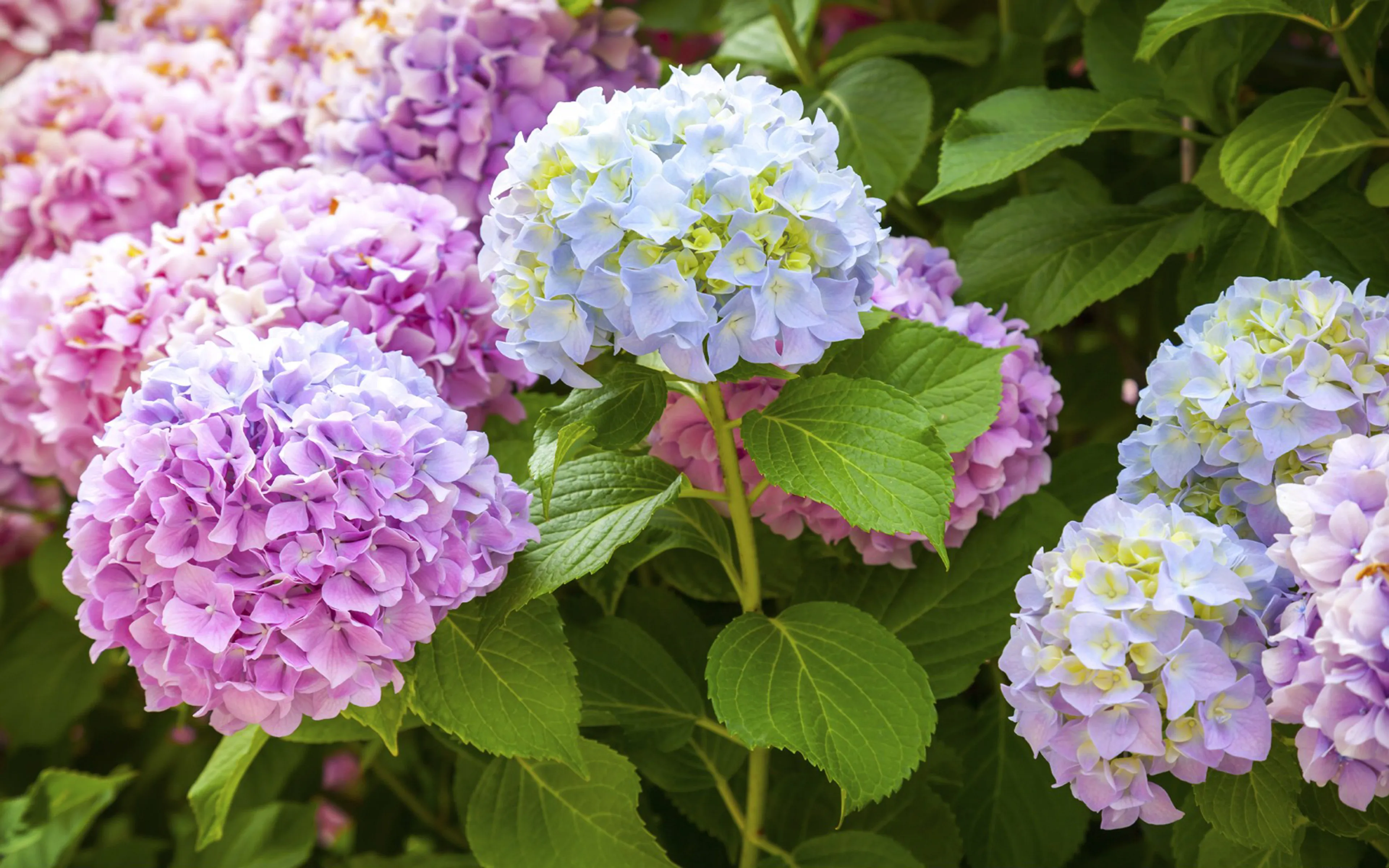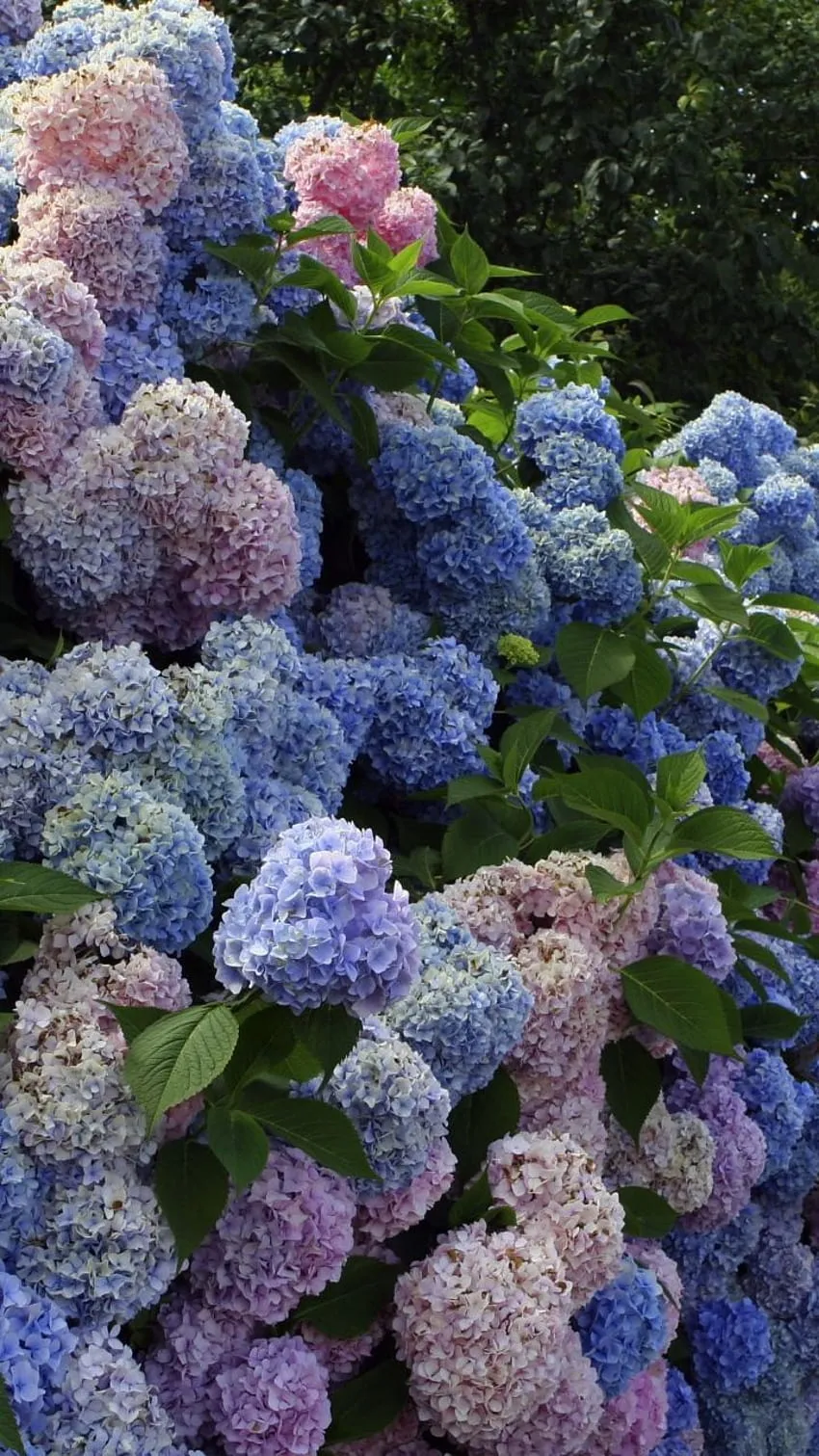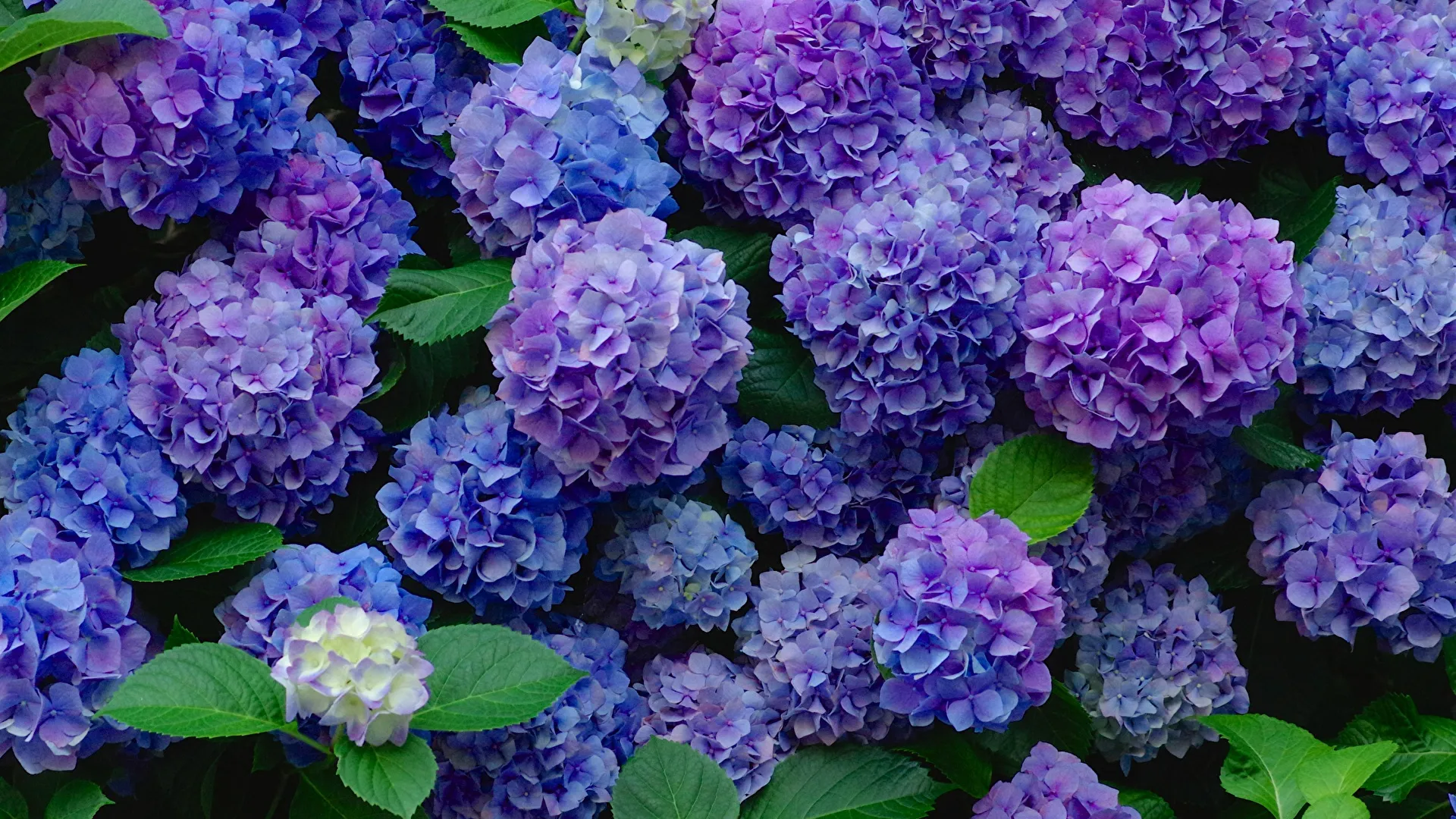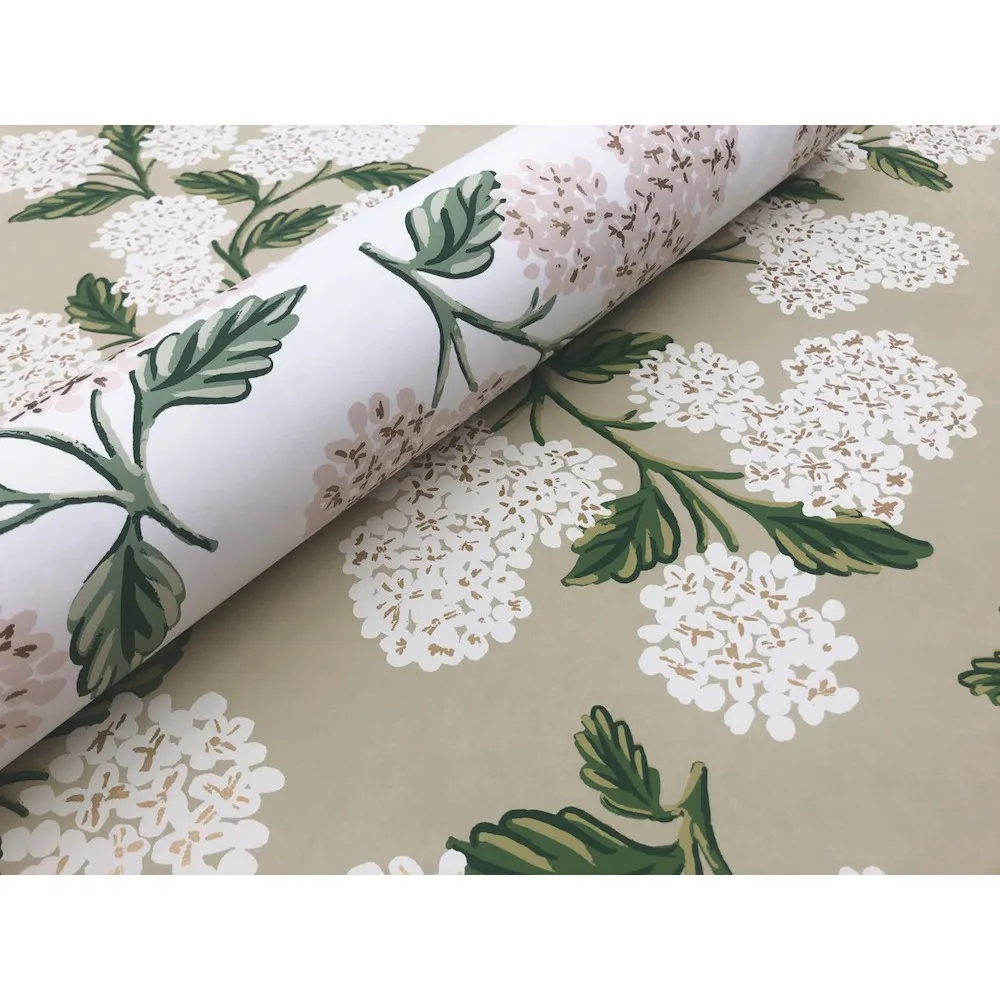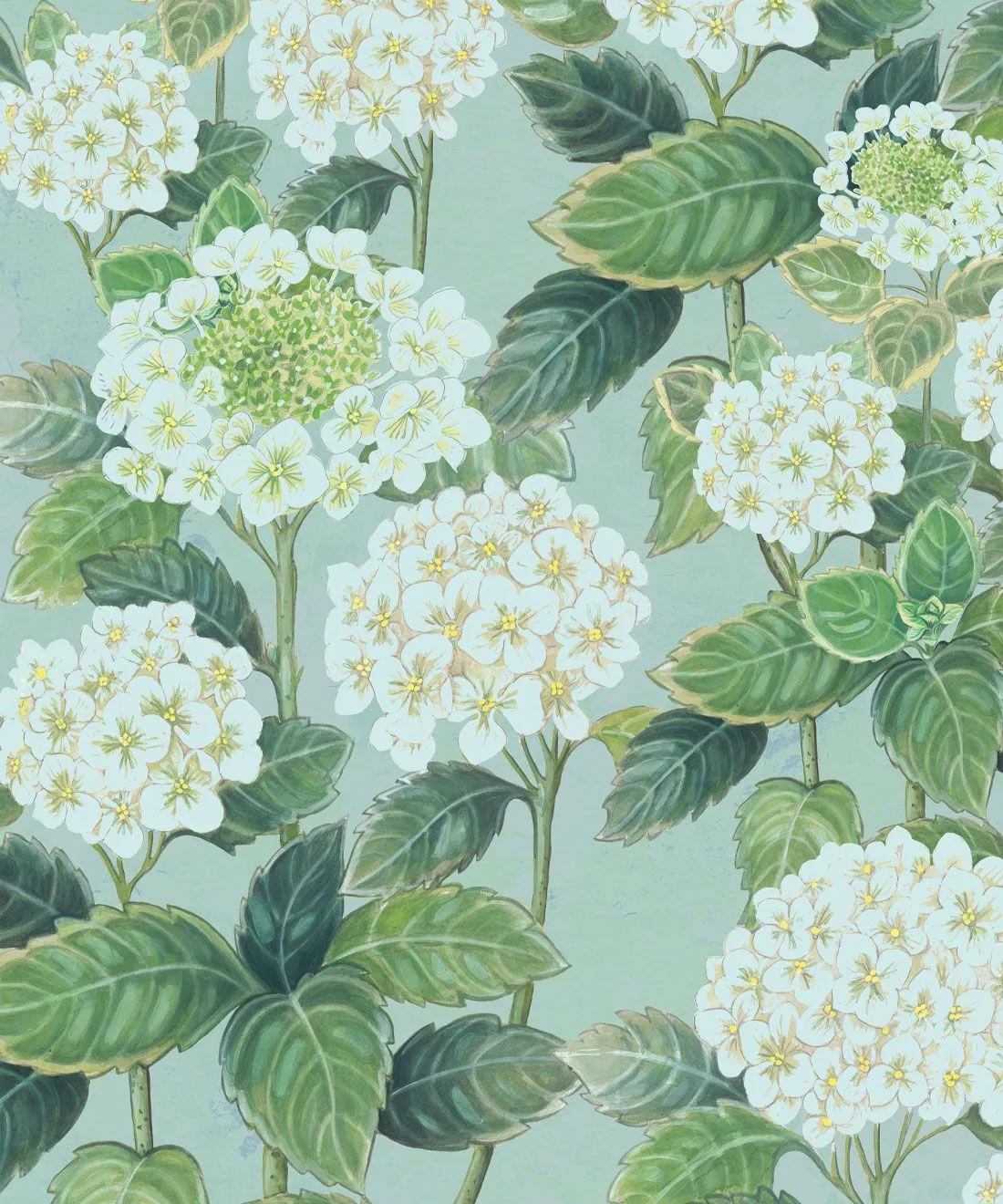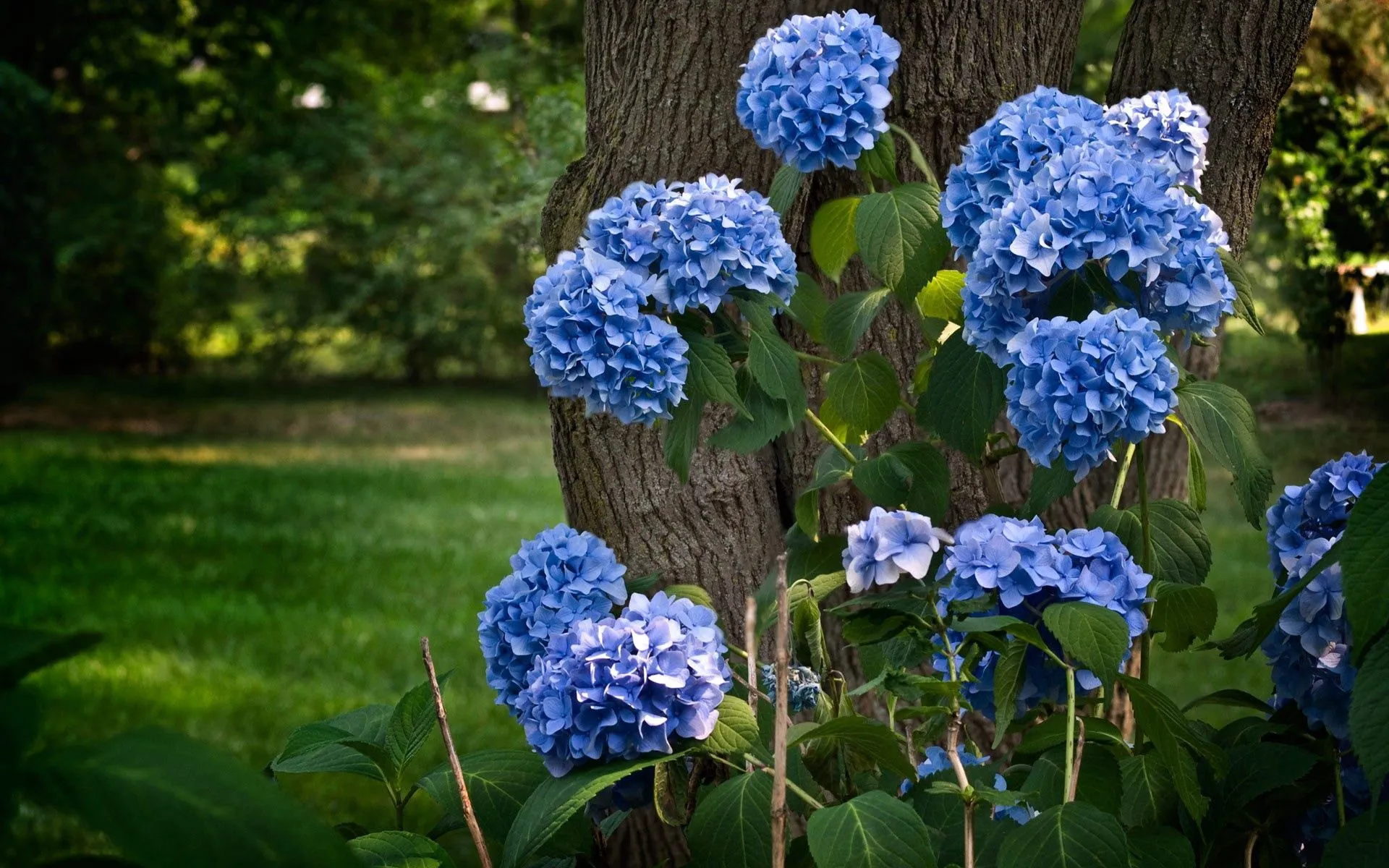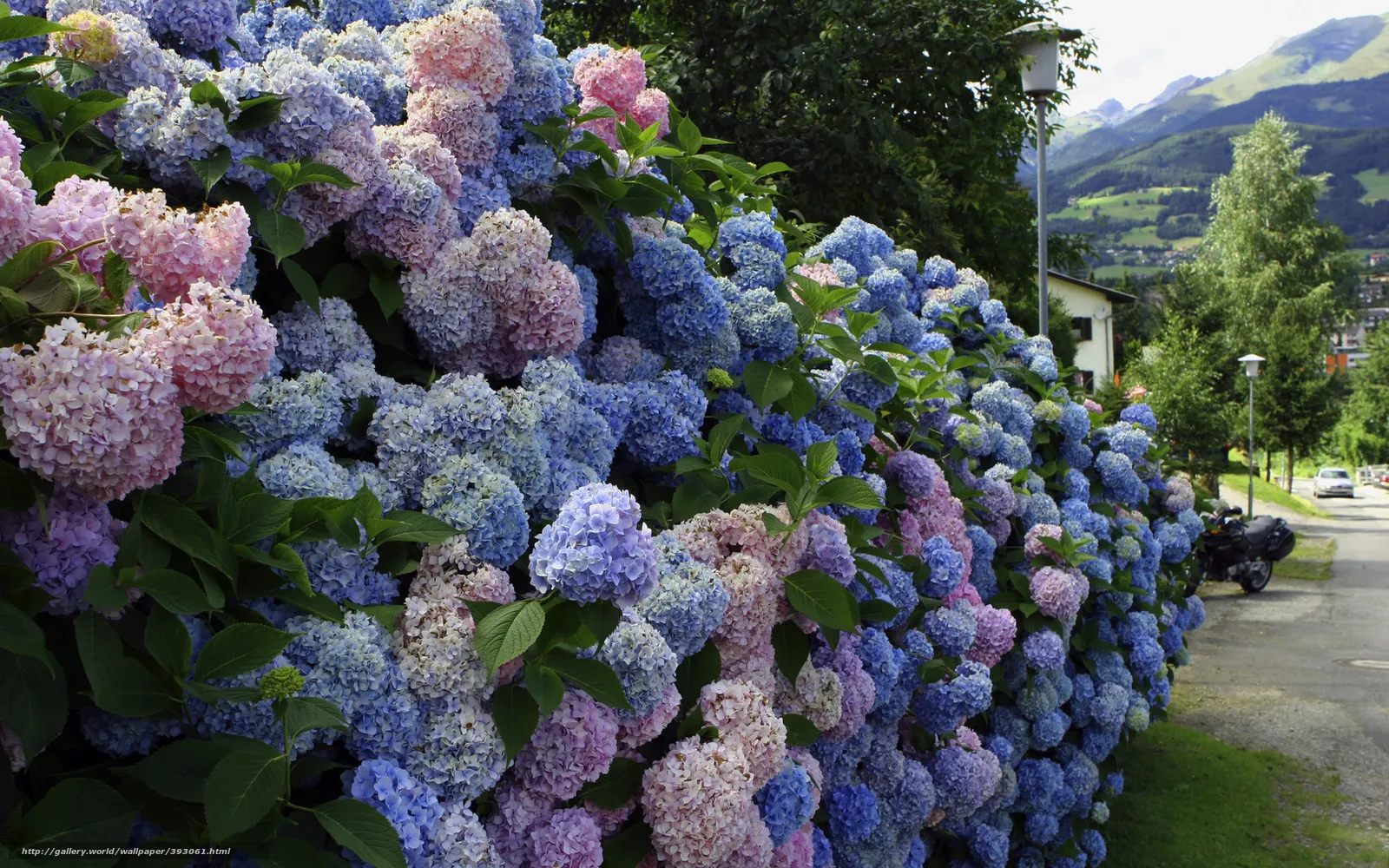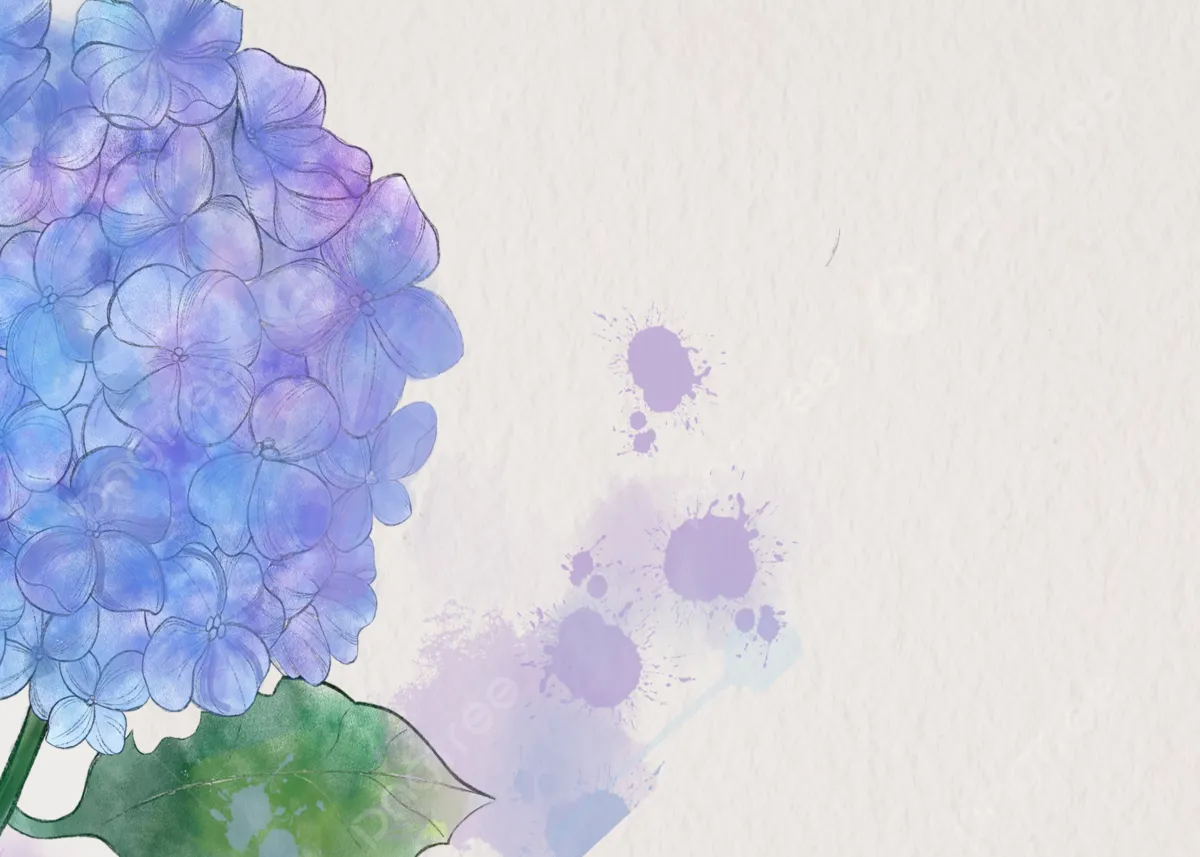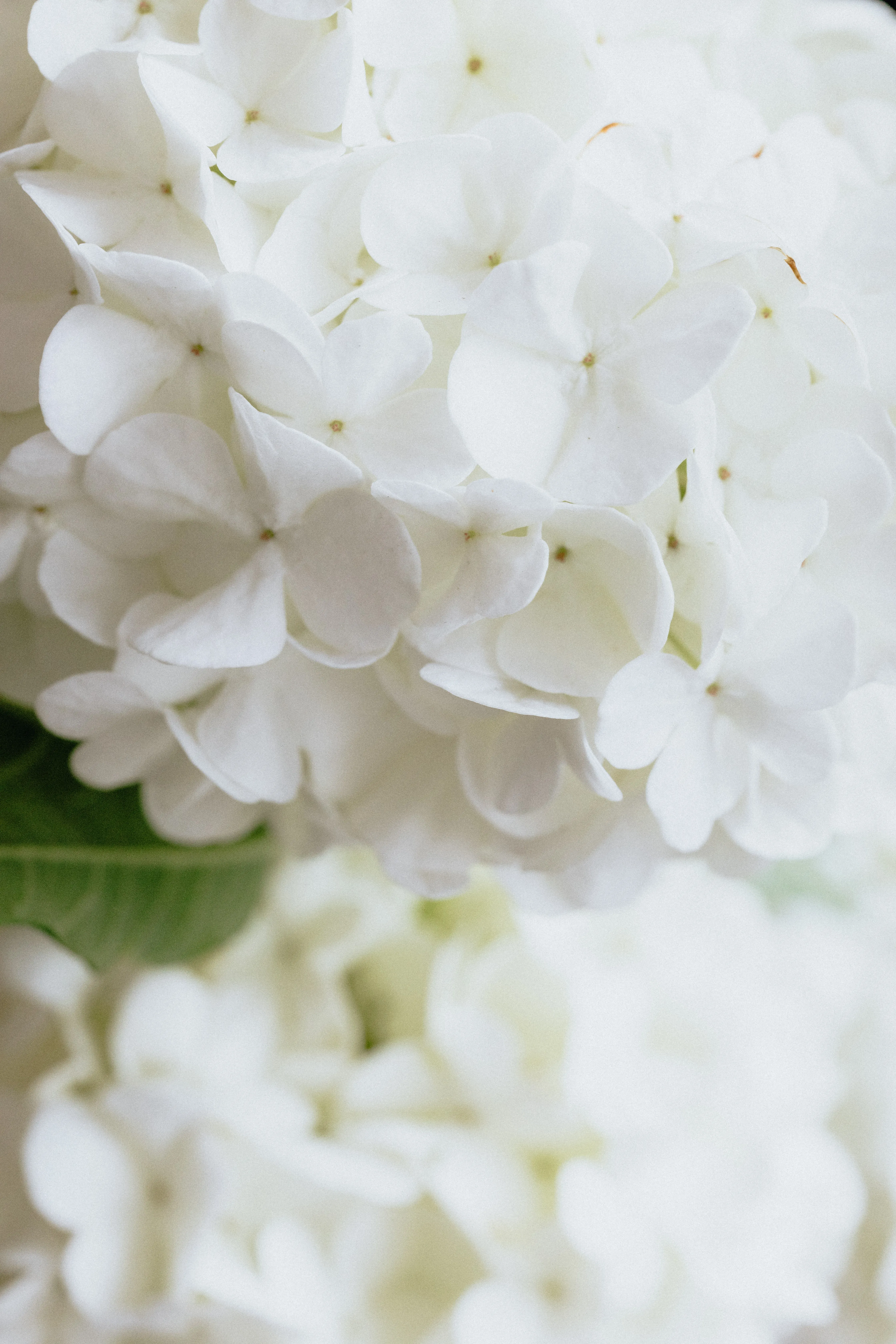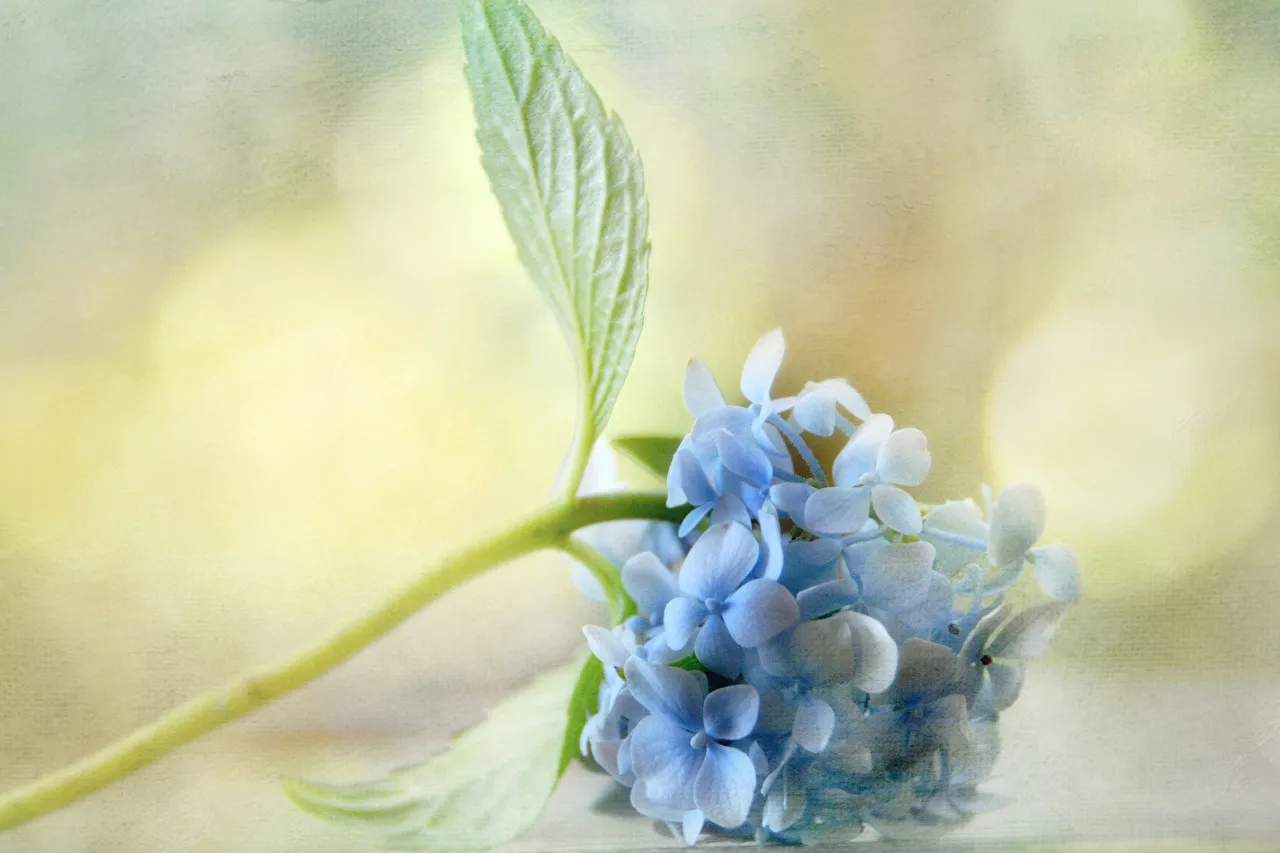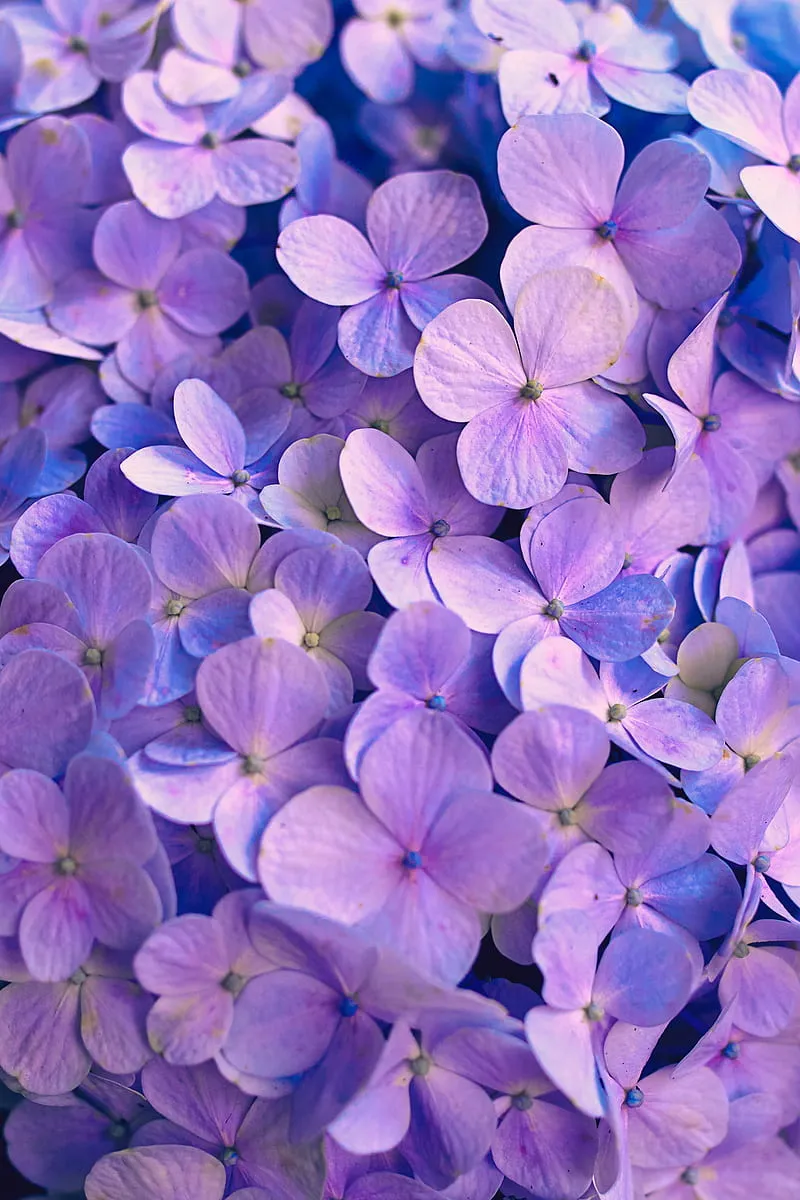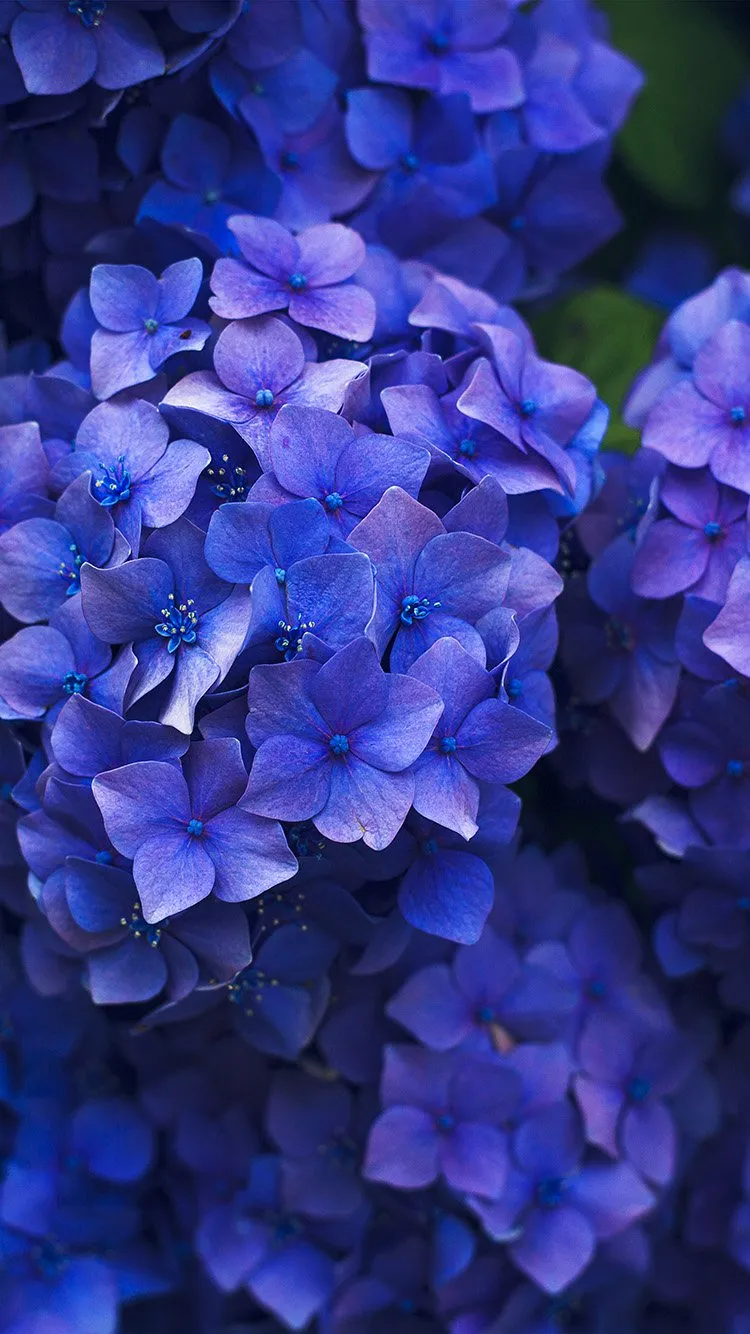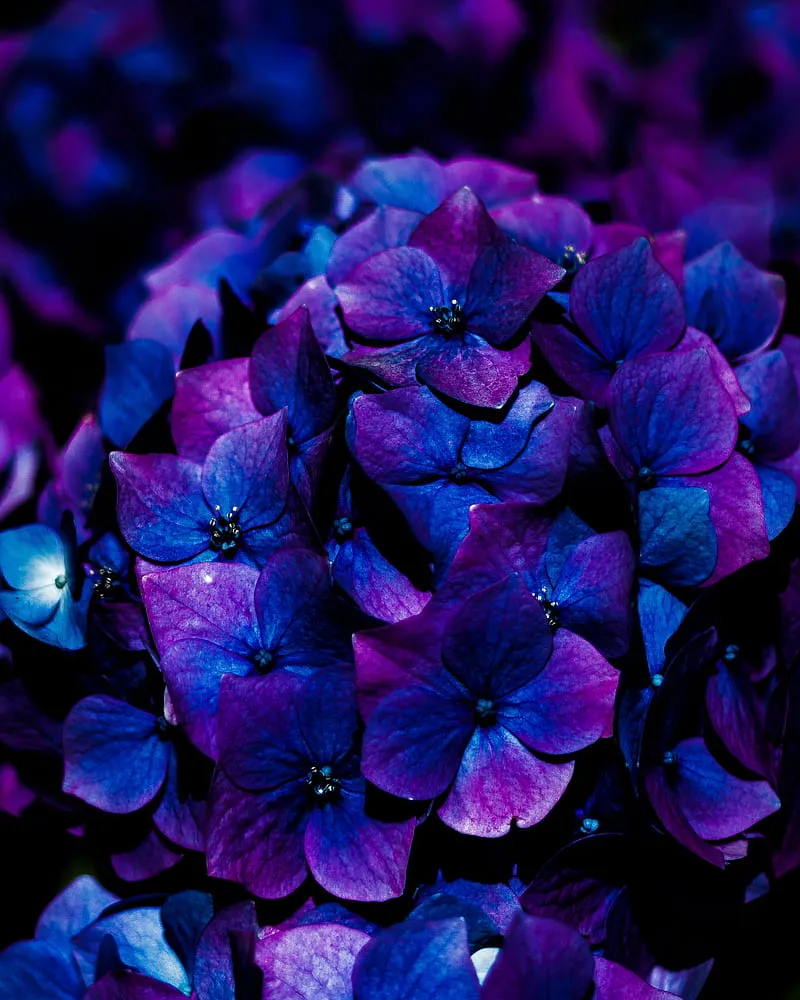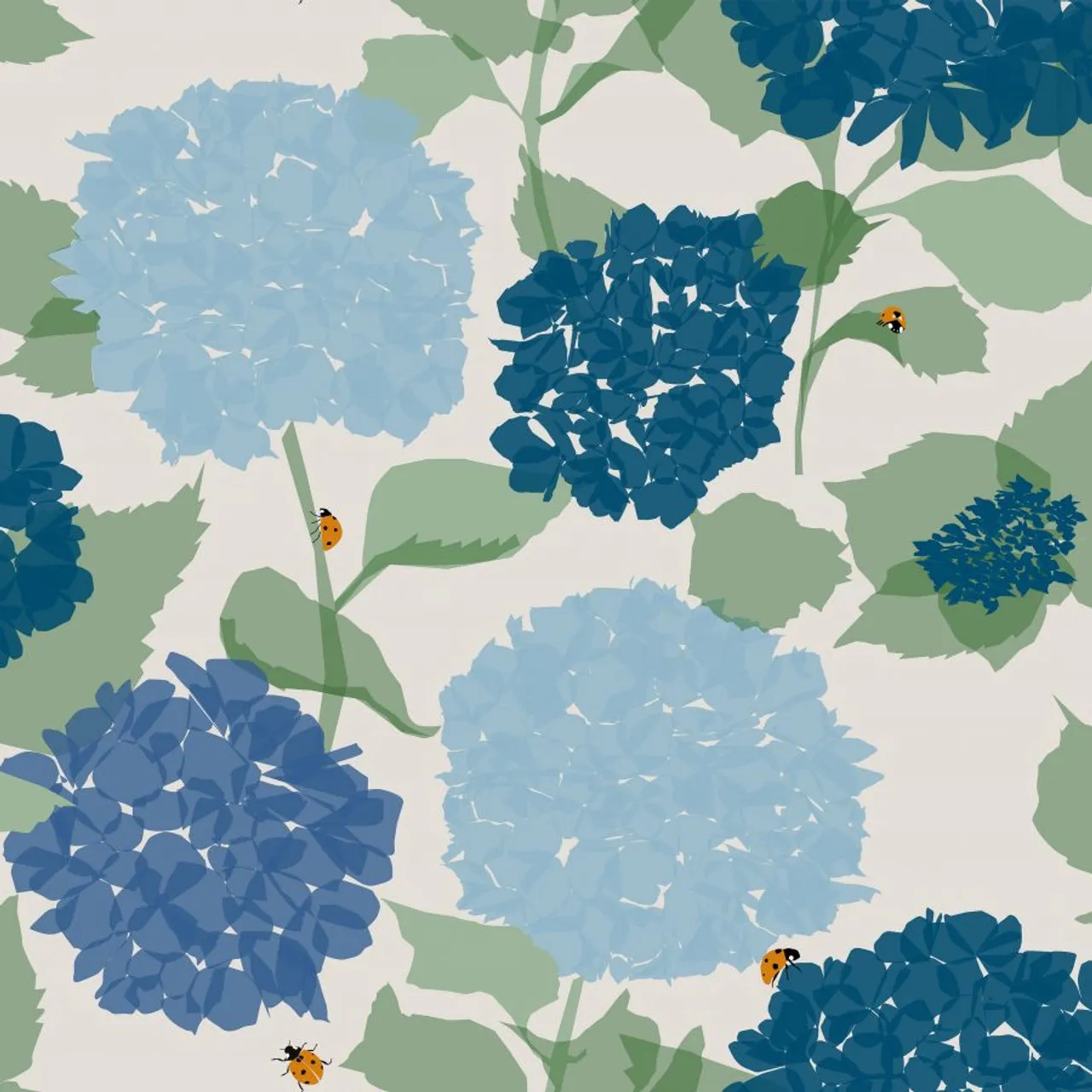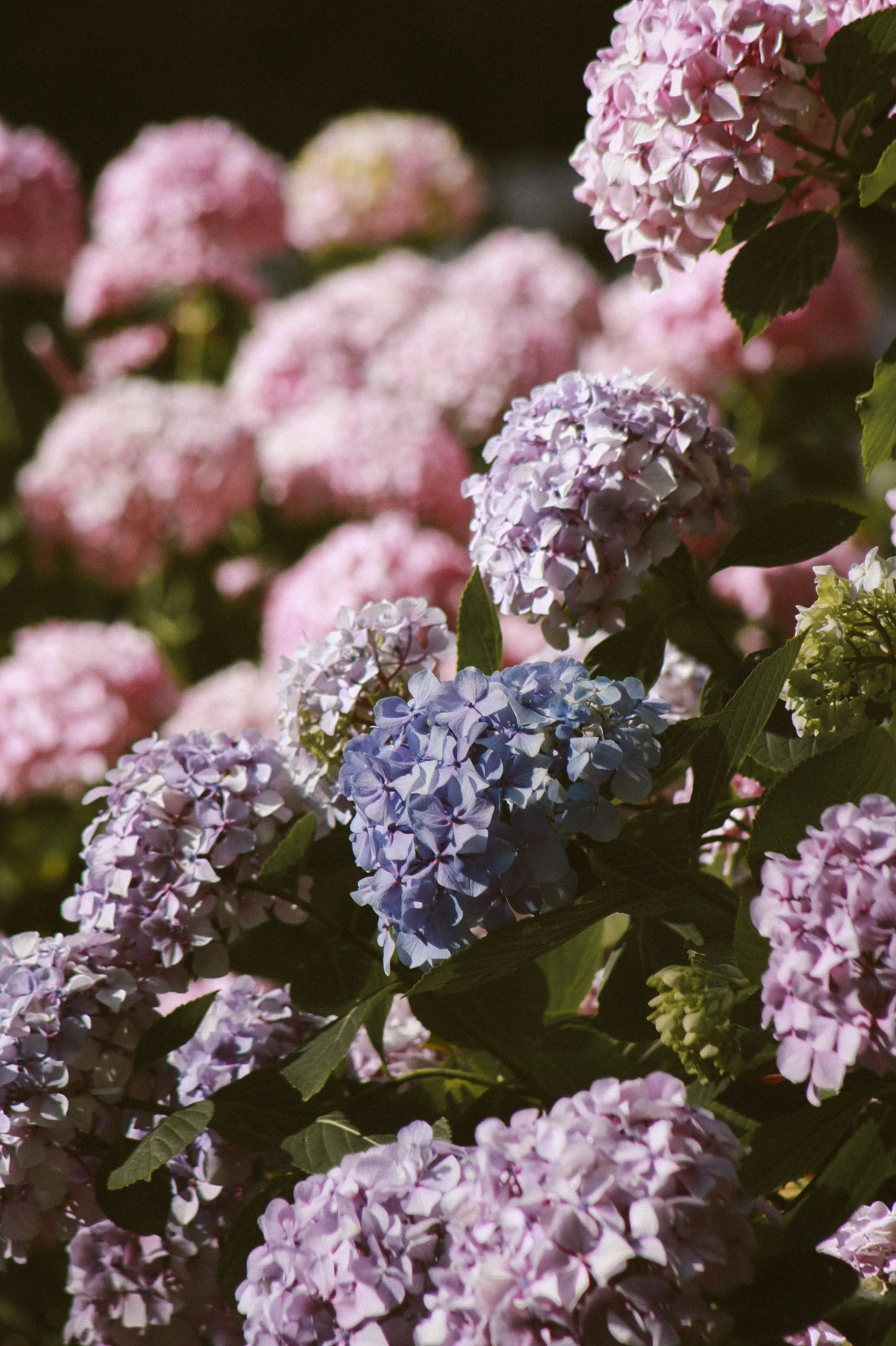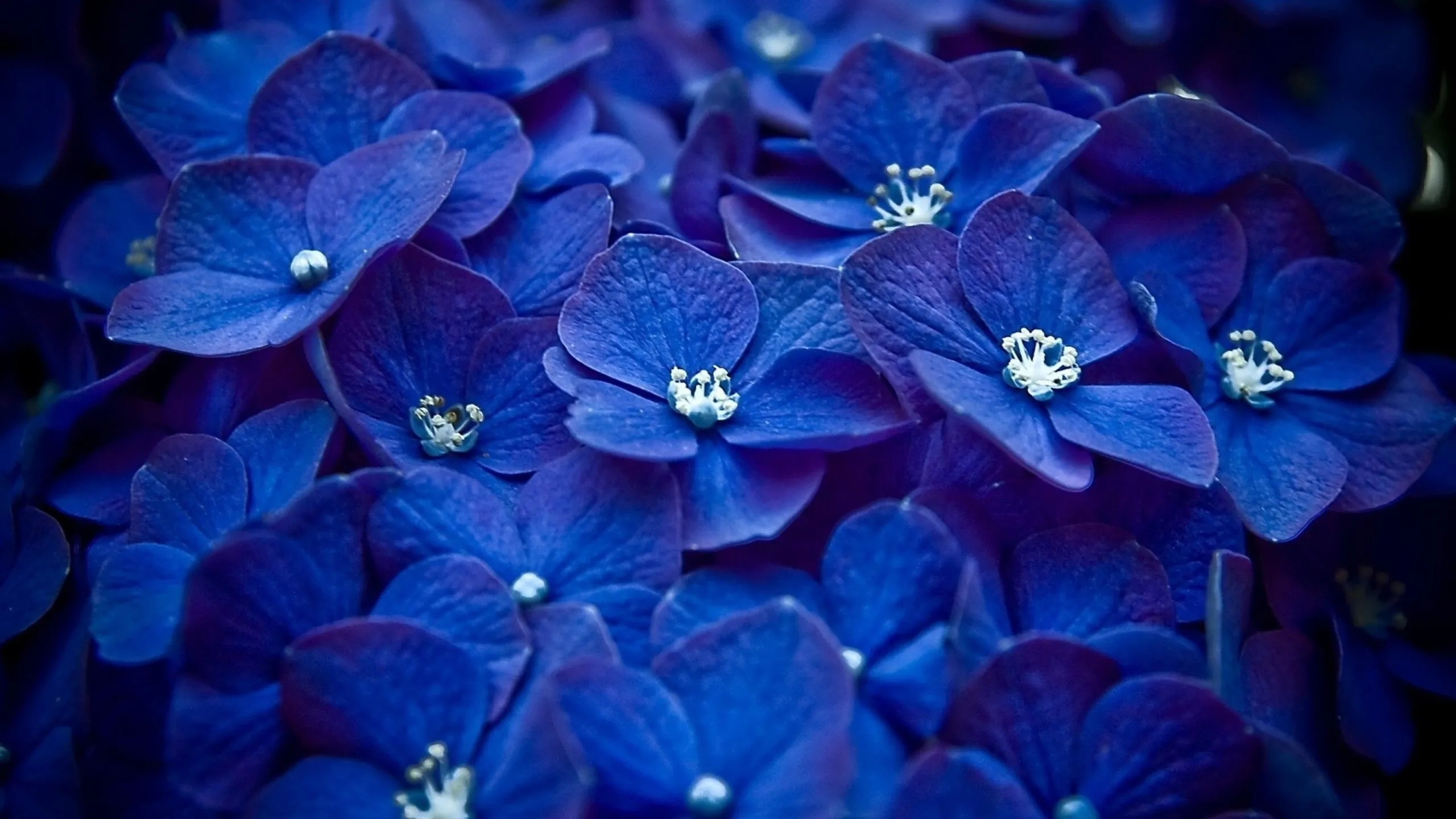Hydrangea: A Flower with Many Faces
Hydrangea is a popular flowering plant that belongs to the Hydrangeaceae family. It is native to Asia and the Americas and is known for its large, showy flower heads that come in a variety of colors, including pink, blue, purple, and white. The plant is also known for its ability to change color based on the soil pH, making it a fascinating and versatile addition to any garden or landscape. In this article, we will explore the different types of hydrangea, their growing requirements, and some tips on how to care for these beautiful plants.
Types of Hydrangea
There are several types of hydrangea, each with its own unique characteristics and growing requirements. Here are some of the most common types:
Bigleaf Hydrangea
Bigleaf hydrangea (Hydrangea macrophylla) is perhaps the most popular and well-known type of hydrangea. It is a deciduous shrub that can grow up to 6 feet tall and wide. Its large, rounded flower heads come in a range of colors, including pink, blue, and purple. The color of the flowers is determined by the soil pH, with acidic soil producing blue flowers and alkaline soil producing pink flowers.
Panicle Hydrangea
Panicle hydrangea (Hydrangea paniculata) is a deciduous shrub that can grow up to 15 feet tall and wide. Its flower heads are cone-shaped and come in a range of colors, including white, pink, and green. Unlike other types of hydrangea, panicle hydrangea is not affected by soil pH and will maintain its color regardless of the soil conditions.
Smooth Hydrangea
Smooth hydrangea (Hydrangea arborescens) is a deciduous shrub that can grow up to 10 feet tall and wide. Its flower heads are round and come in shades of white and pink. Smooth hydrangea is also not affected by soil pH and will maintain its color regardless of the soil conditions.
Oakleaf Hydrangea
Oakleaf hydrangea (Hydrangea quercifolia) is a deciduous shrub that can grow up to 8 feet tall and wide. Its flower heads are cone-shaped and come in shades of white and pink. The plant gets its name from its leaves, which resemble those of an oak tree.
Growing Requirements
Hydrangeas are relatively easy to grow and care for, but they do have some specific requirements. Here are some tips on how to grow and care for hydrangeas:
Soil
Hydrangeas prefer moist, well-drained soil that is rich in organic matter. They also prefer soil that is slightly acidic, with a pH between 5.2 and 6.2. If your soil is too alkaline, you can lower the pH by adding sulfur or aluminum sulfate.
Light
Hydrangeas prefer partial shade or filtered sunlight, especially during the hottest part of the day. Too much sun can cause the flowers to wilt and dry out.
Water
Hydrangeas require regular watering, especially during hot, dry weather. The soil should be kept consistently moist but not waterlogged.
Fertilizer
Hydrangeas benefit from regular fertilization, especially during the growing season. Use a fertilizer that is high in phosphorus, which will promote healthy root growth and flower development.
Pruning
Pruning is an important part of hydrangea care, as it helps to promote healthy growth and maximize flower production. Here are some tips on how to prune hydrangeas:
Bigleaf Hydrangea
Bigleaf hydrangea should be pruned after the flowers have faded. Remove any dead or damaged wood, and cut back any stems that are crossing or rubbing against each other. Avoid cutting back more than one-third of the plant at a time.
Panicle Hydrangea
Panicle hydrangea should be pruned in late winter or early spring, before new growth begins. Remove any dead or damaged wood, and cut back any stems that are crossing or rubbing against each other. You can also remove up to one-third of the plant to promote new growth and maximize flower production.
Smooth Hydrangea
Smooth hydrangea should be pruned in late winter or early spring, before new growth begins. Remove any dead or damaged wood, and cut back any stems that are crossing or rubbing against each other. You can also remove up to one-third of the plant to promote new growth and maximize flower production.
Oakleaf Hydrangea
Oakleaf hydrangea should be pruned after the flowers have faded. Remove any dead or damaged wood, and cut back any stems that are crossing or rubbing against each other. Avoid cutting back more than one-third of the plant at a time.
Common Problems
Like all plants, hydrangeas can be susceptible to a variety of pests and diseases. Here are some of the most common problems and how to treat them:
Powdery Mildew
Powdery mildew is a fungal disease that can affect hydrangeas, causing a white, powdery coating to appear on the leaves and flowers. To treat powdery mildew, remove any infected leaves or flowers, and treat the plant with a fungicide.
Aphids
Aphids are small, sap-sucking insects that can cause damage to hydrangeas. To treat aphids, wash the plant with a strong spray of water or treat with an insecticidal soap.
Spider Mites
Spider mites are tiny, spider-like insects that can cause damage to hydrangeas. To treat spider mites, wash the plant with a strong spray of water or treat with an insecticidal soap.
Conclusion
Hydrangeas are a beautiful and versatile flowering plant that can add color and interest to any garden or landscape. With the right growing conditions and care, hydrangeas can thrive and produce stunning blooms year after year. Whether you prefer the classic bigleaf hydrangea or the unique oakleaf hydrangea, there is a hydrangea variety to suit every taste and style.
Frequently asked questions about Hydrangea wallpapers
Q: What is Hydrangea?
A: Hydrangea is a flowering plant that belongs to the family Hydrangeaceae. It is native to Asia and the Americas, and is known for its large, showy blooms.
Q: What kind of pictures can I find on your website?
A: Our website provides a collection of high-quality pictures of Hydrangea flowers. These pictures are available for free download in various file types such as .jpg, .png, and .webp.
Q: What is the category of these pictures?
A: The category of these pictures is "Flowers".
Q: How many images are there on your website?
A: We currently have 56 images of Hydrangea flowers on our website.
Q: Can I download these pictures for free?
A: Yes, all of the pictures on our website are available for free download.
Q: What file types are available for download?
A: You can download the pictures in .jpg, .png, and .webp file types.
Q: Can I choose different sizes for the pictures?
A: Yes, you can choose different sizes for the pictures based on your preference. We offer different width and height options for each picture.
Q: How do I know which size to choose?
A: Our website automatically detects the visitor's mobile screen size and chooses the appropriate size for the picture. If you are downloading the picture on a desktop or laptop, you can choose the size based on your preference.
Q: Do I need to create an account to download the pictures?
A: No, you do not need to create an account to download the pictures. All of the pictures are available for free download without any registration.
Q: Can I use these pictures for commercial purposes?
A: Our website provides these pictures for personal use only. If you want to use these pictures for commercial purposes, please contact us for more information.
Q: Can I share these pictures on social media?
A: Yes, you can share these pictures on social media platforms as long as you give proper credit to our website.


